Computer Disassembly Assignment
For this assignment I had to disassemble an old computer, and take some photos and label what each part is!
Link to photos used: Photos
Note: Due to the amount of images this page may lag, and some images may not load, if they don't just double click on them and select "Load Image".
What did you see when you opened the Computer? Did anything surprise you? Did you have any problems with the disassembly?
Well I didn’t see anything too surprising, there were wires all over the place which I expected, although there was stuff on top like the disk drive which I thought was interesting. Disassembling the computer wasn’t too difficult though some parts did give me some difficulties like the cooling fan and . Reassembly was way more difficult to be honest, having to remember where everything goes and making sure everything fits.
Parts:
- Hard Disk Drive
A Hard Disk Drive stores all of your digital content on the computer, like your photos, videos, programs, every file saved on the computer. - Random Access Memory (RAM)
The RAM is a form of memory on the computer that temporarily stores data that you need easily accessible, so the processor can easily find and load it without having to delve into your not temporary storage on the hard drive. - Central Processing Unit (CPU)
The CPU controls how the computer runs and processes information, it performs the instructions given to it from your inputs, to give you and output. - Cooling Fan
The cooling fan blows air over the hotter parts of the computer to keep it safe to touch and from getting too hot. - Chipset
The chipset controls where data on the computer is going, and transfers data from one thing to another thing. - Power Supply
The power supply is where all the power is coming from and going to the rest of the computer. It has wires that connect to various things like the motherboard to power parts of it. - PCI Expansion Slots
The PCI Slots are used to add additional hardware components to the computer, such as cards like a graphics card or network card. - Optical Drive
The optical drive is used to load discs on a computer, whether it be to read what's stored on them, or write stuff to them. - CMOS Battery
The CMOS battery powers certain parts of a computer while it's turned off, and helps power the computer when you boot it up.
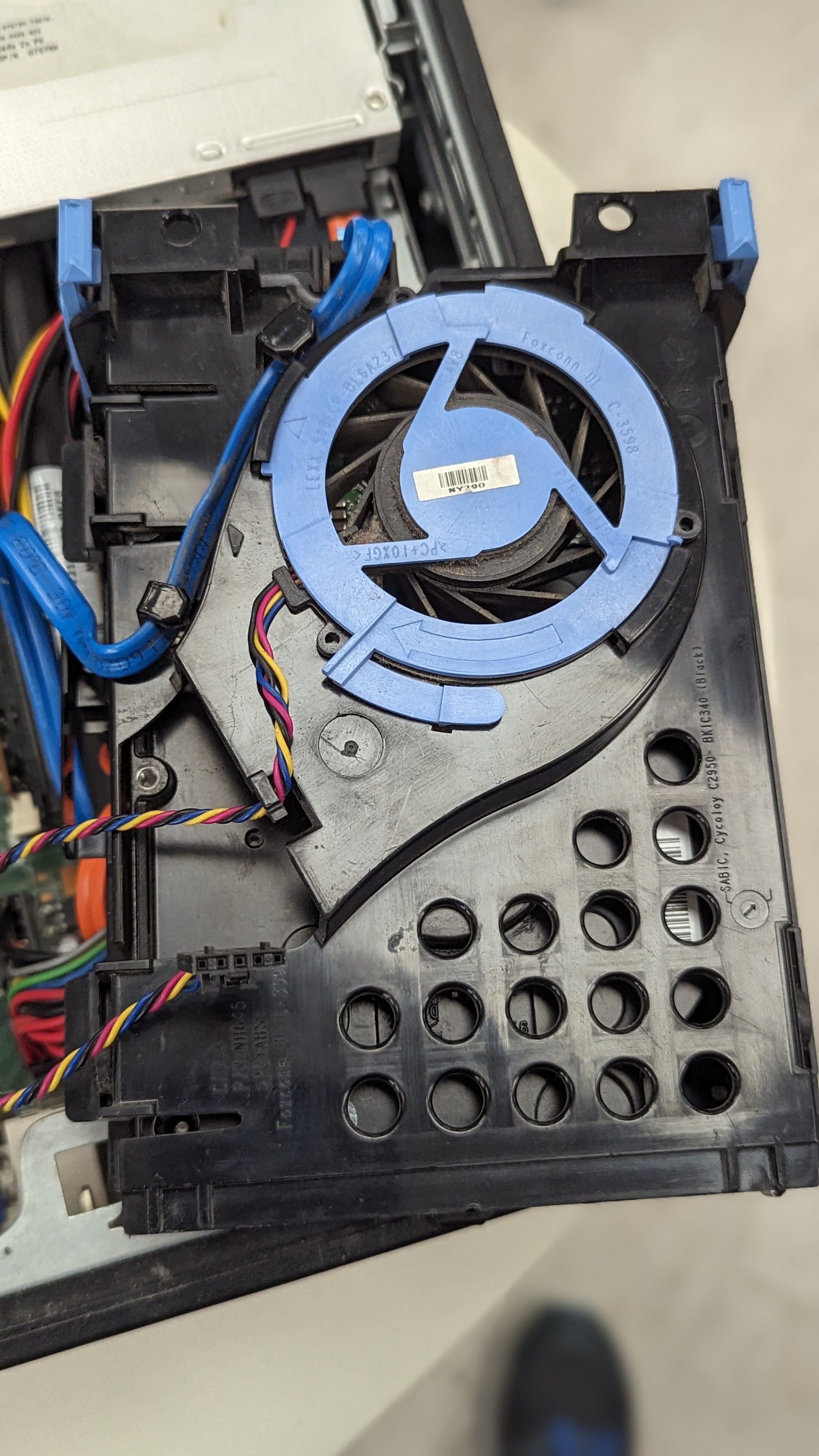
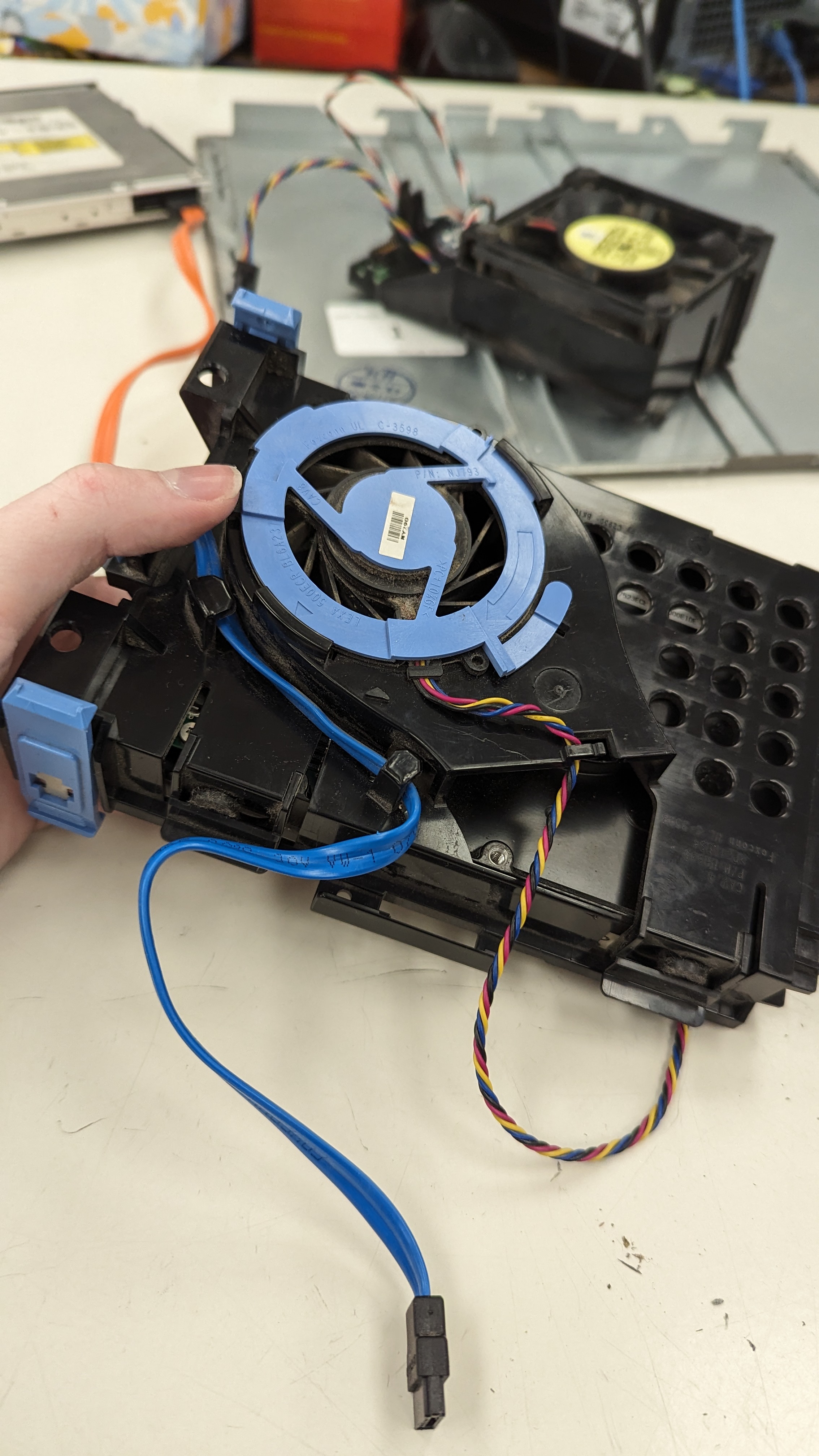
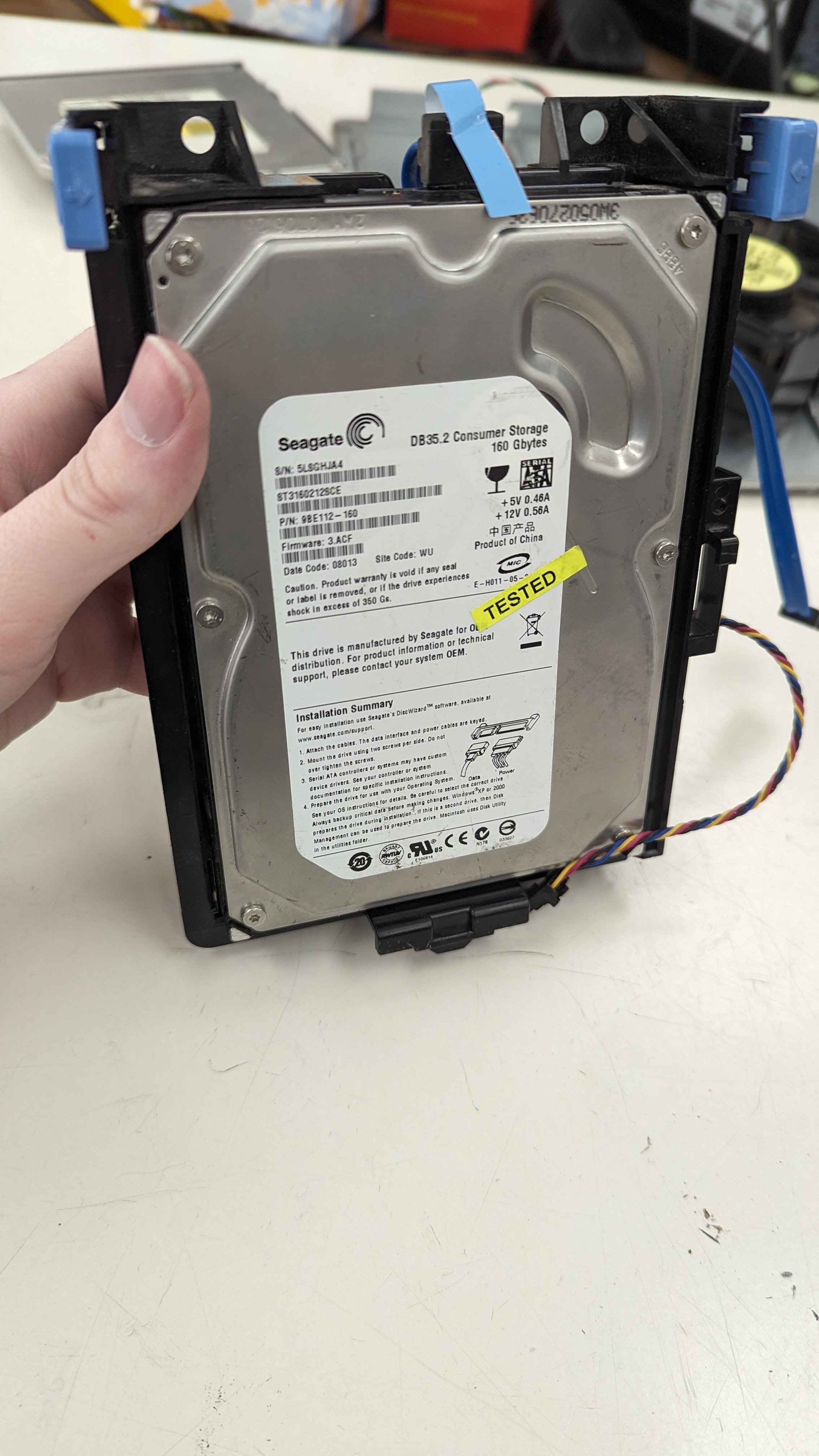

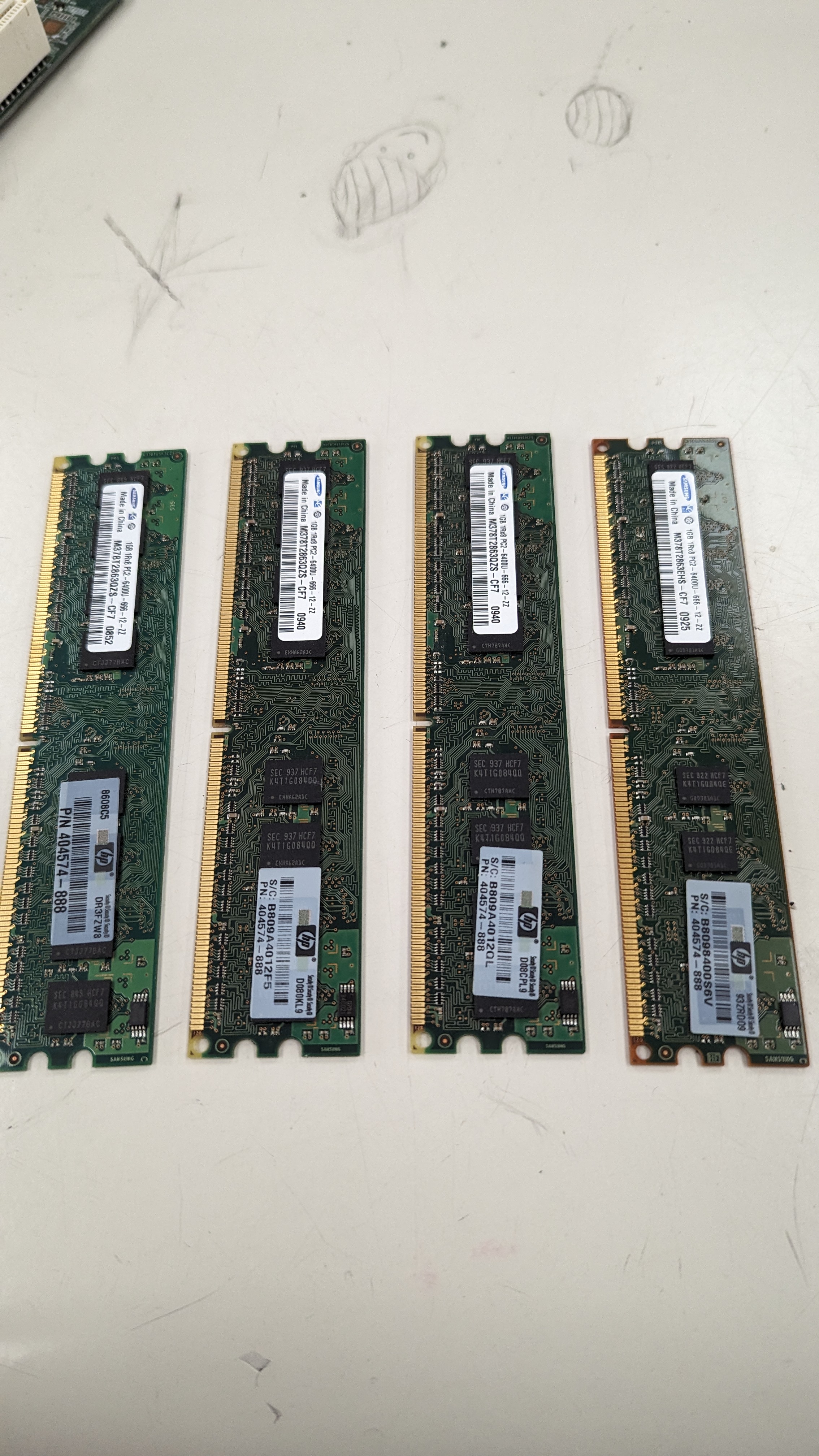
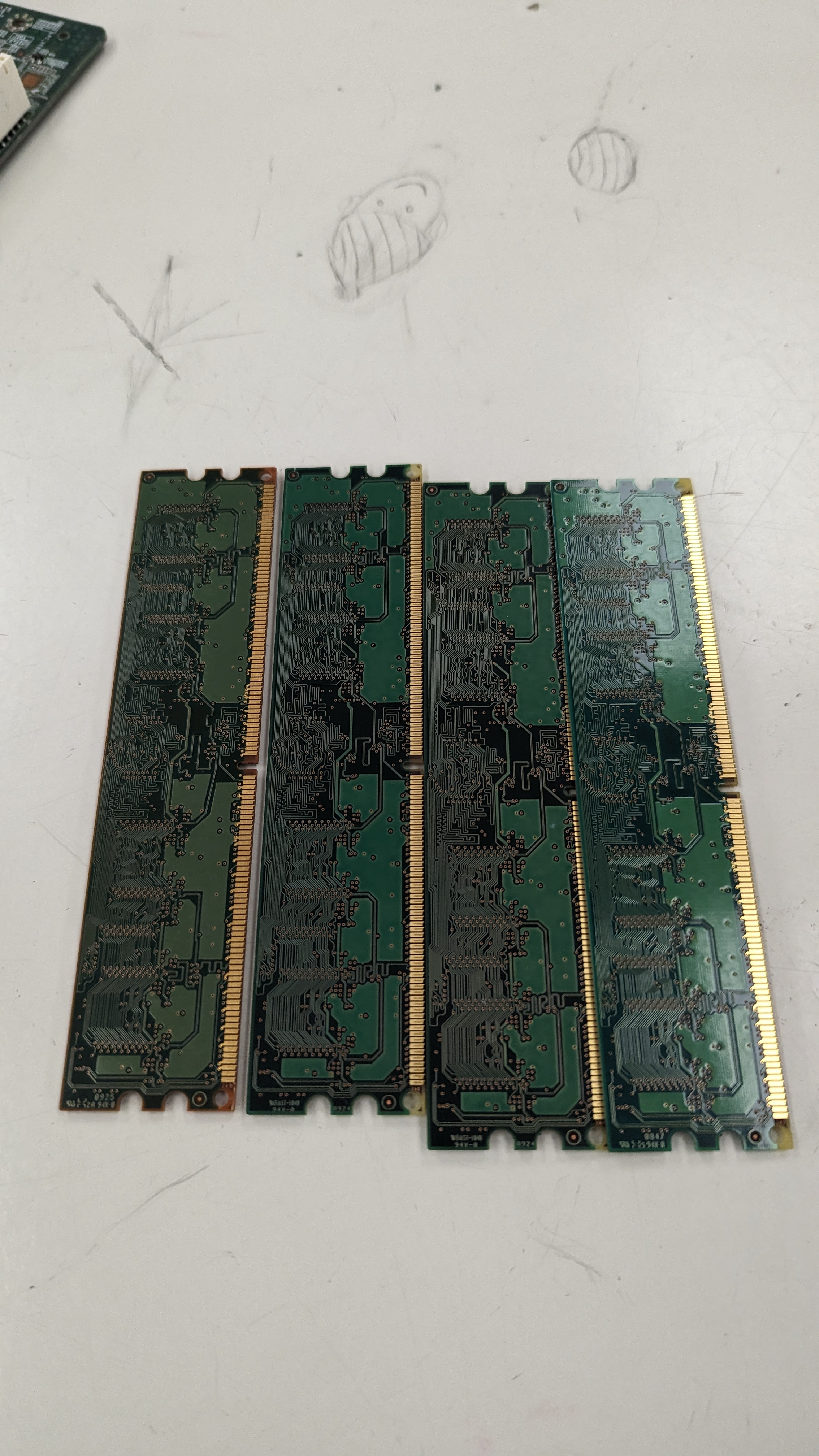
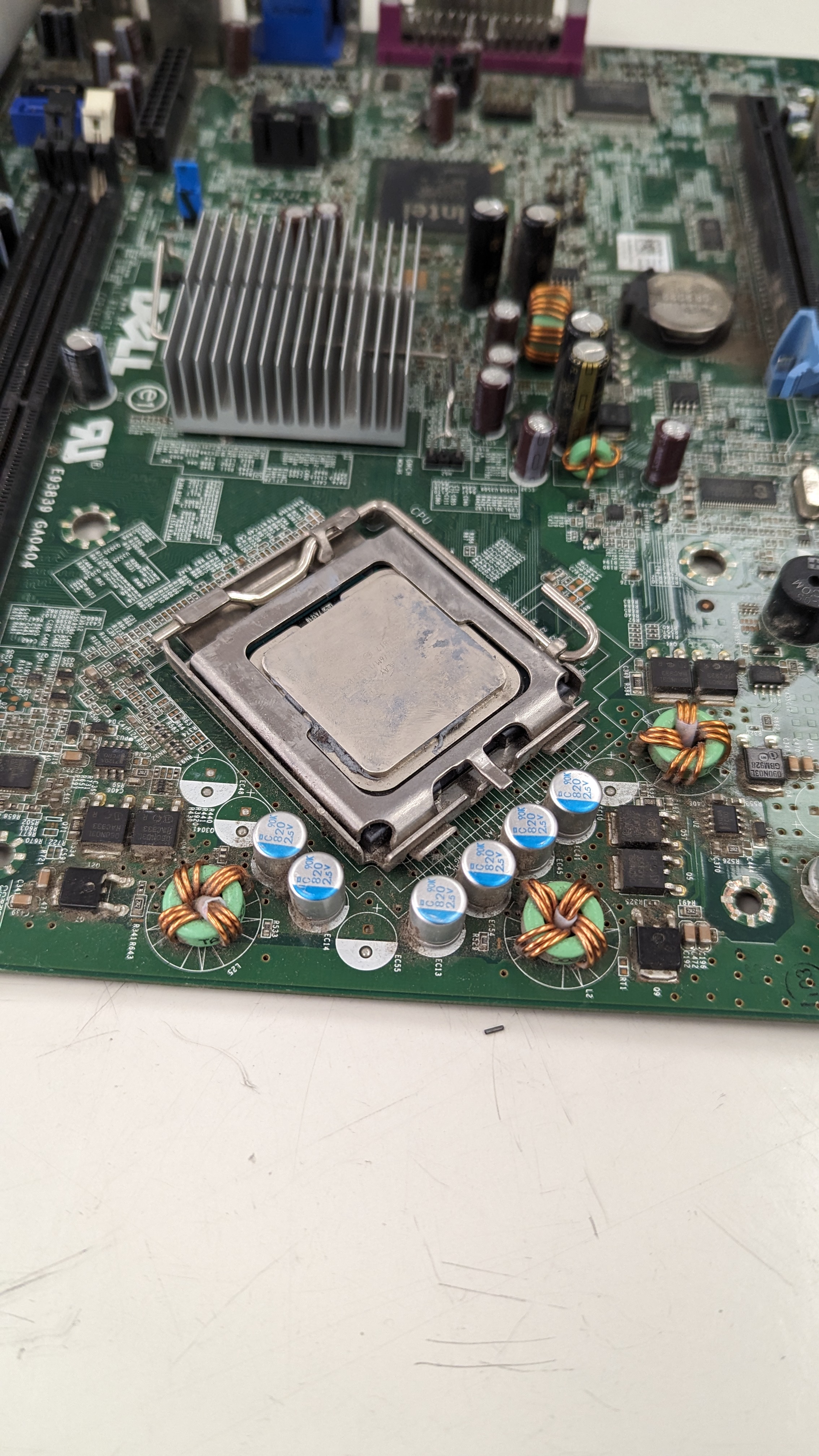
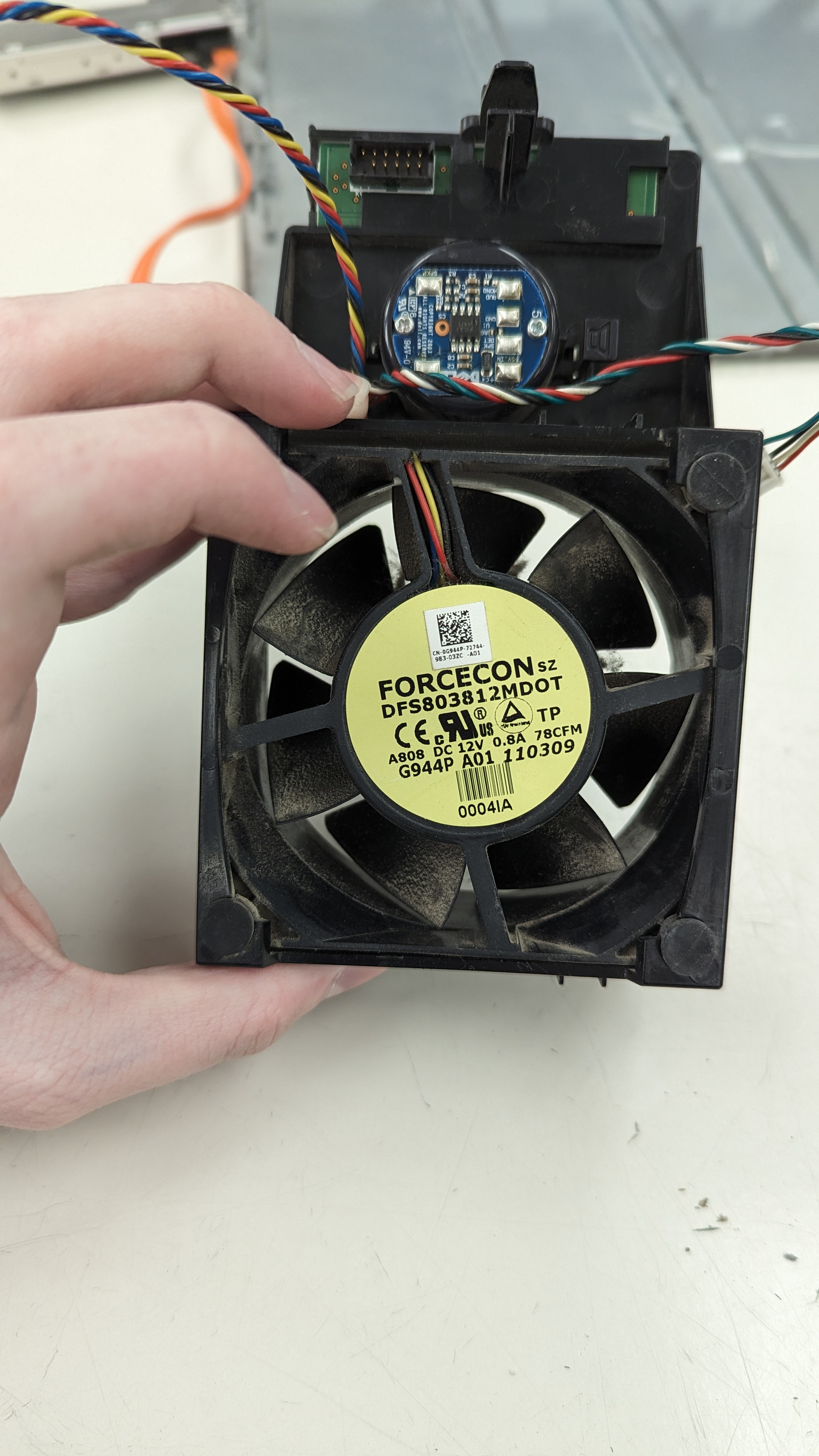
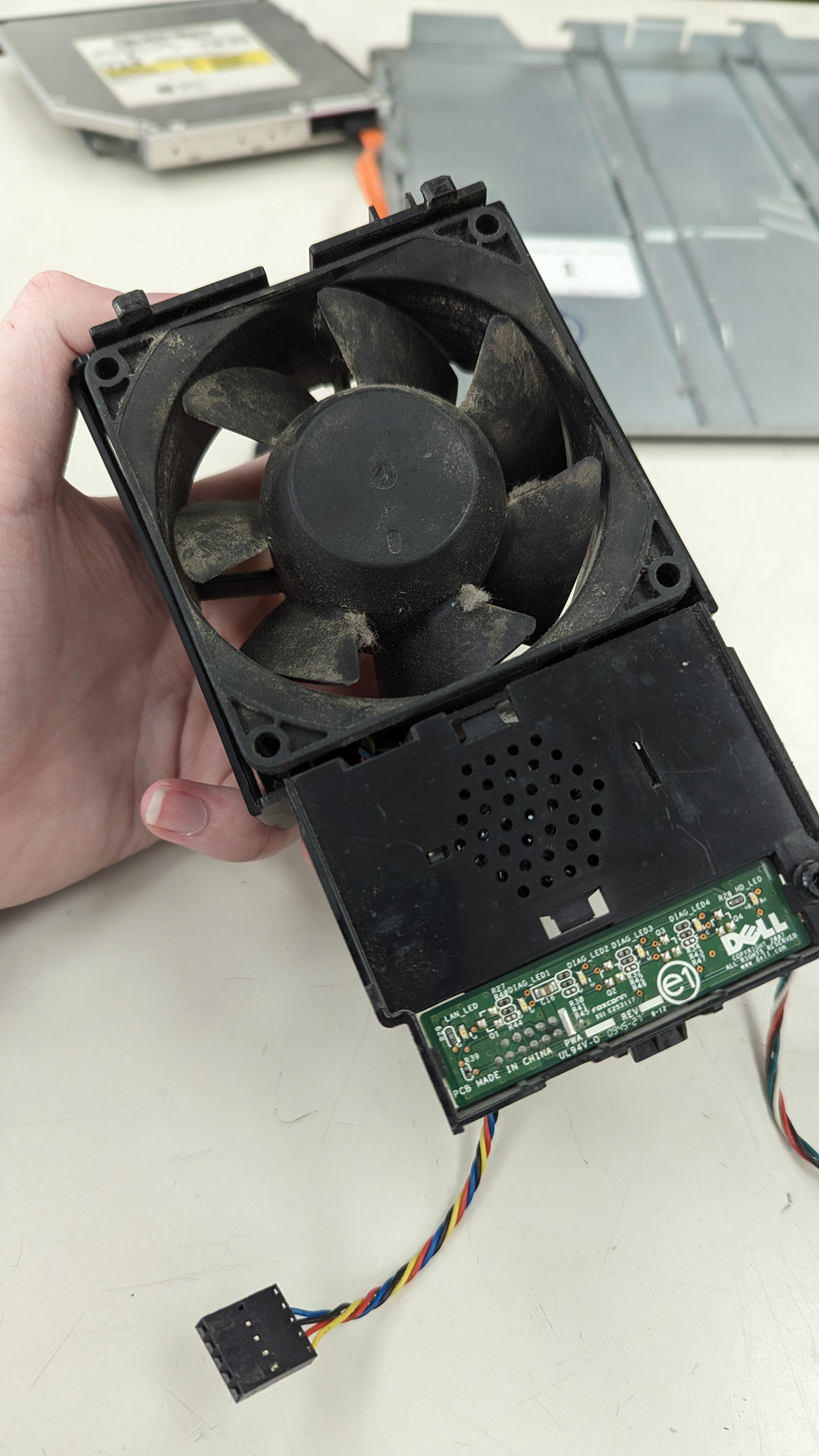
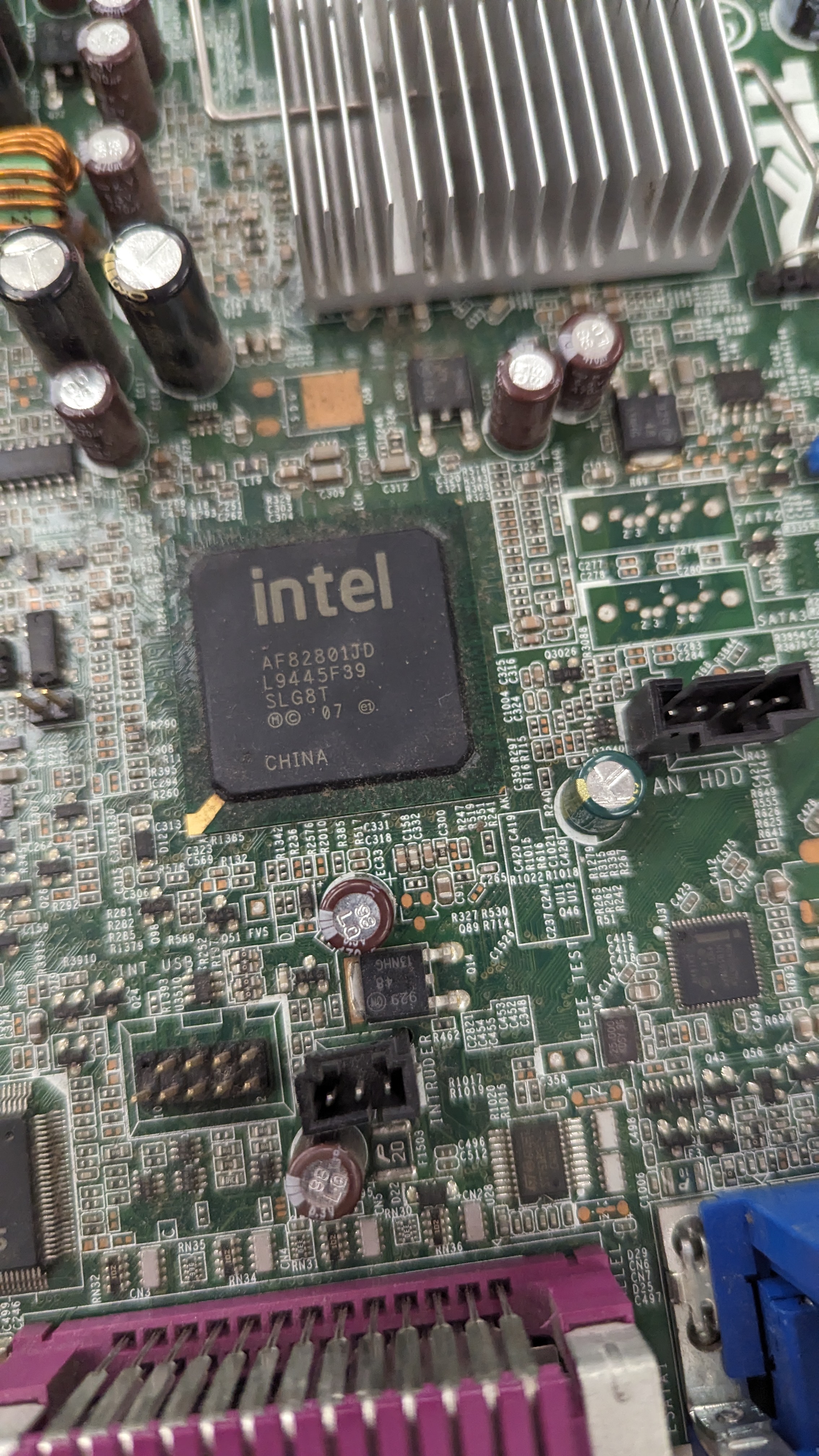
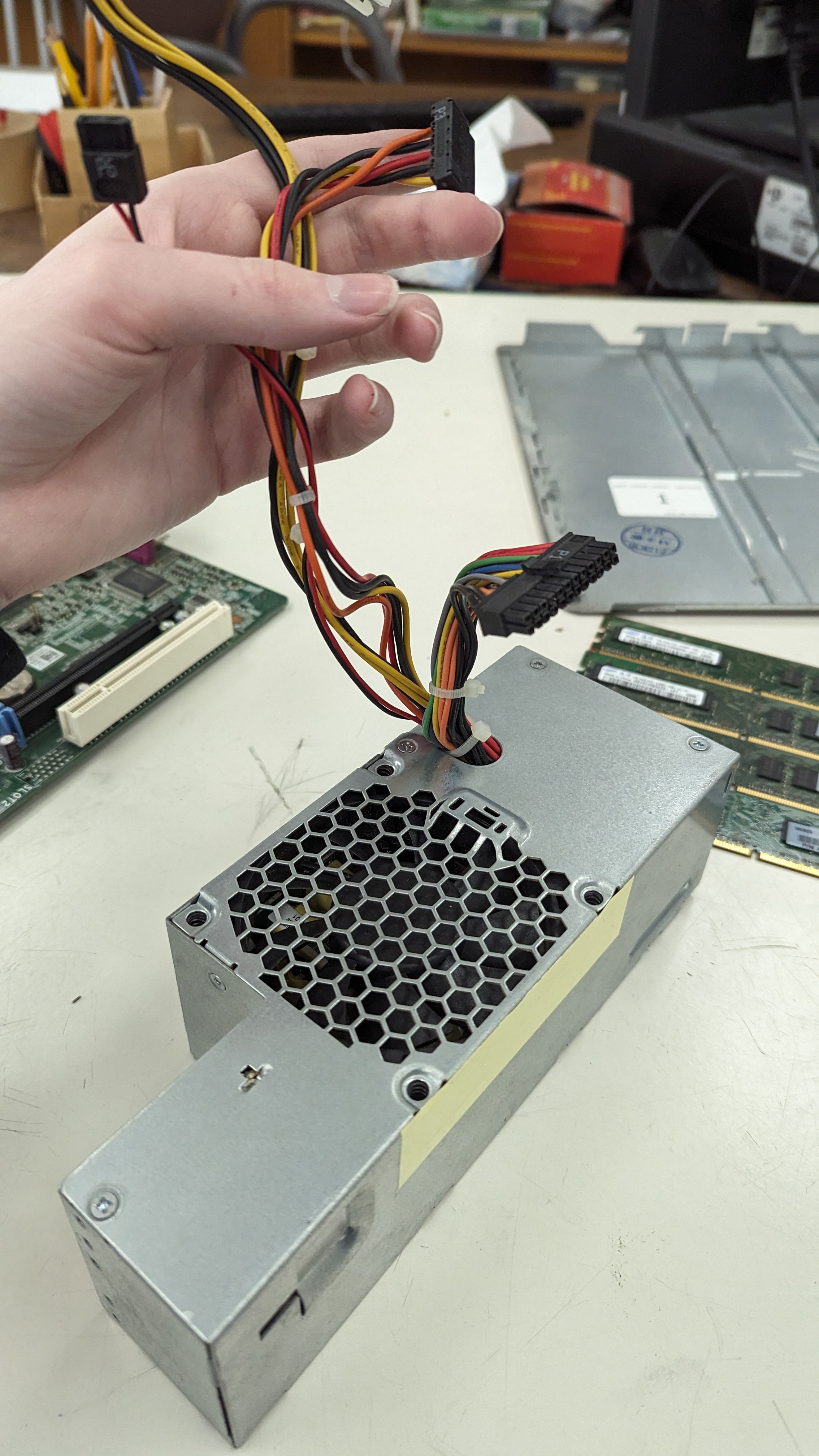
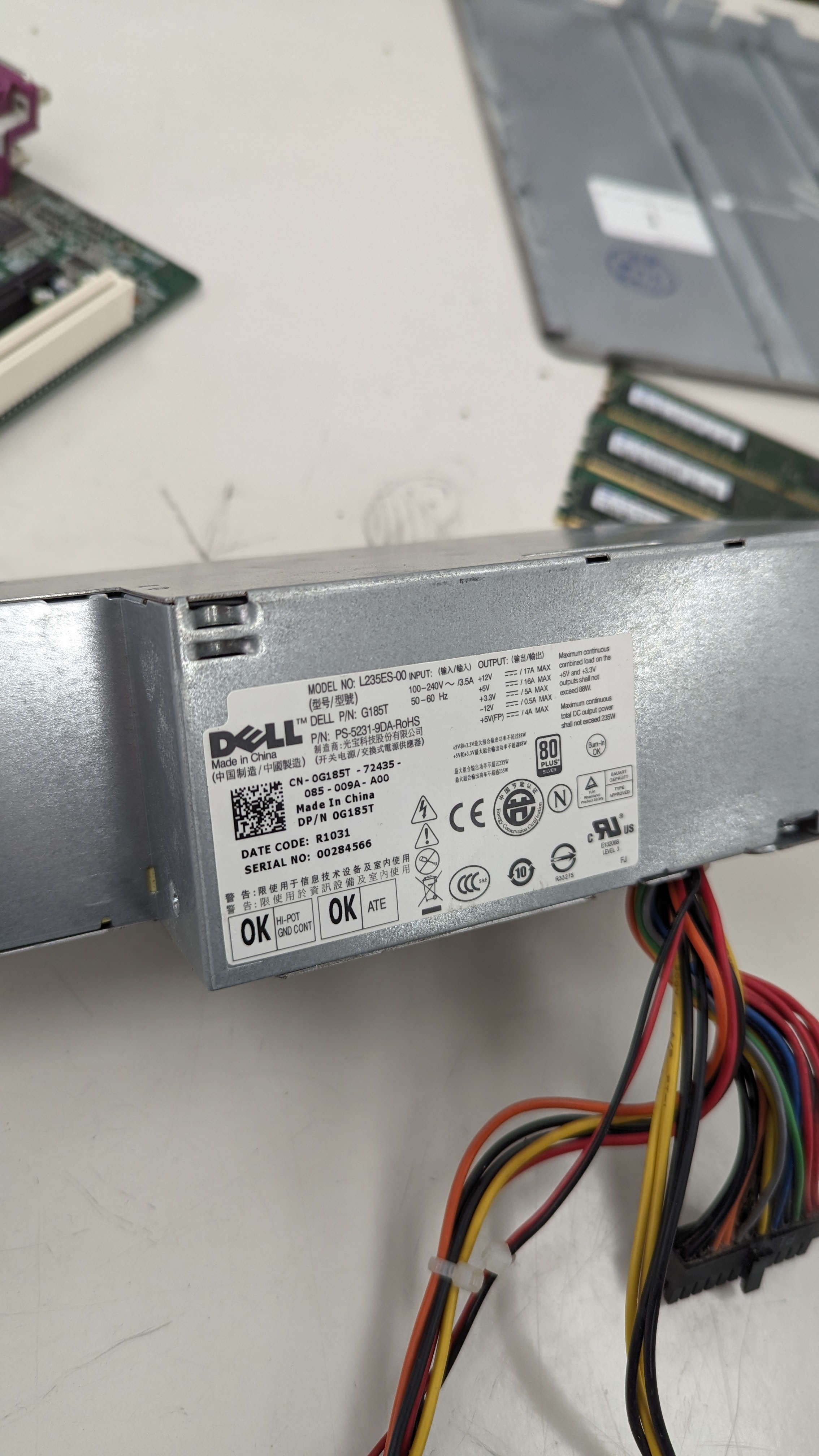
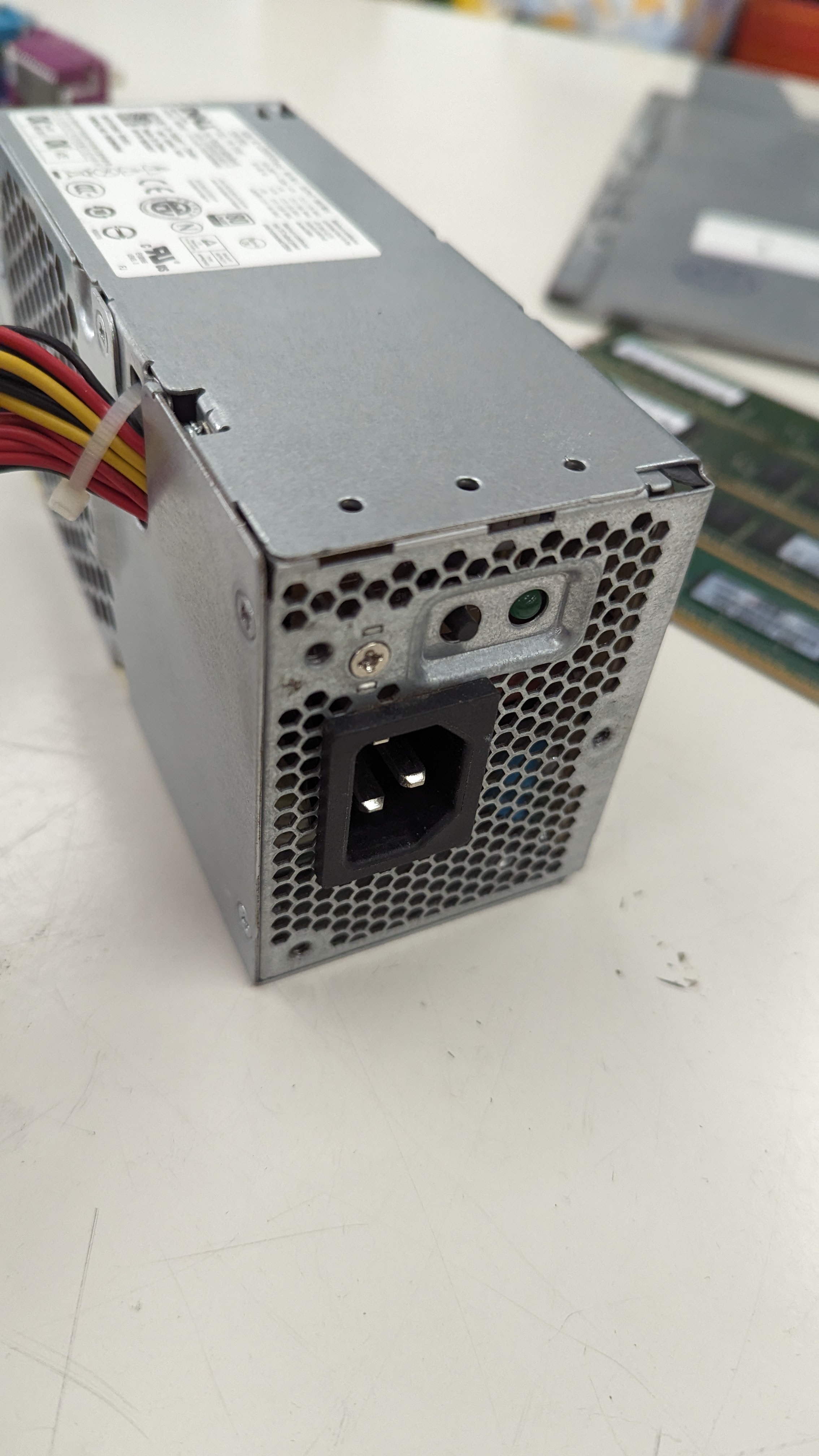



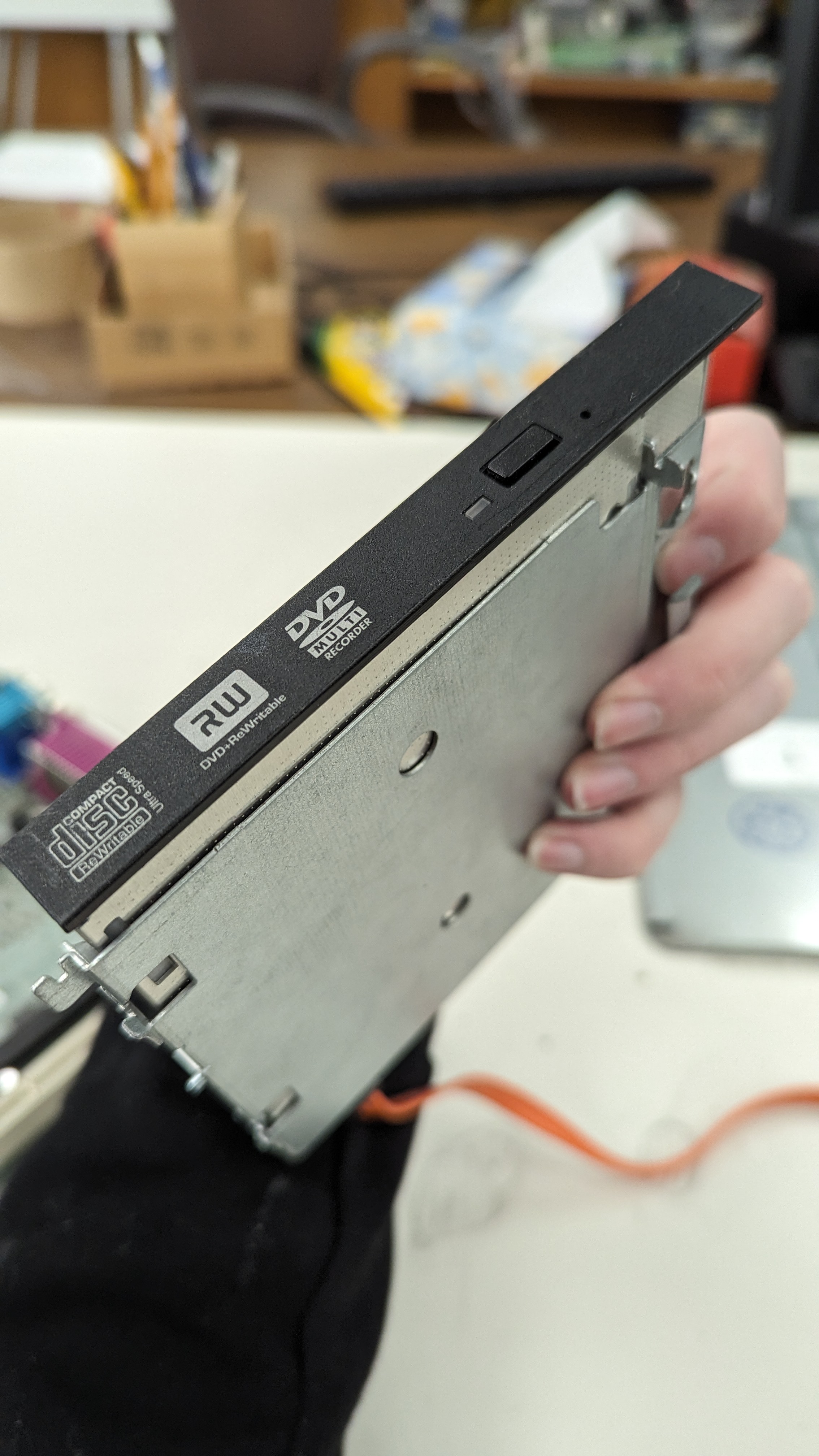
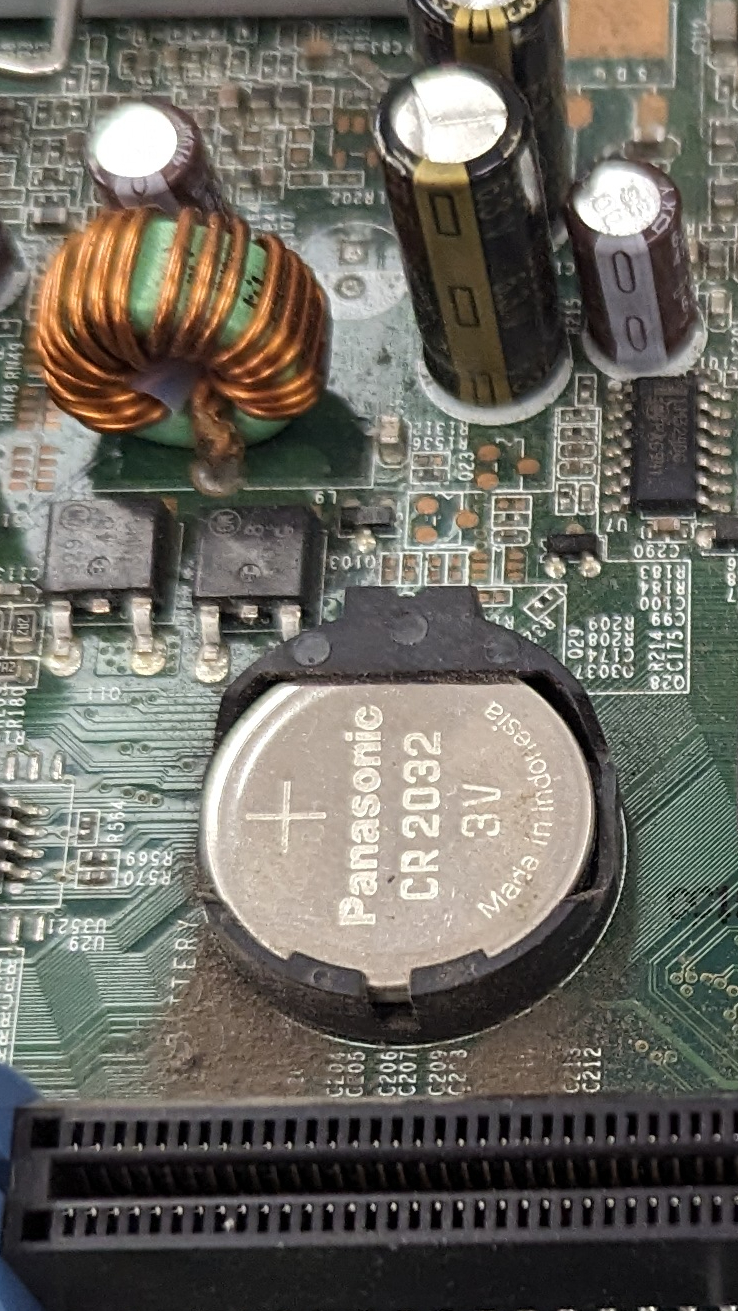
Ports:
- Front Ports
- Back Ports
- Line in
Line in ports are used for input related devices, usually for things like microphones. - Line out
Line out ports are the opposite of line in ports, as they are used for output devices like headphones. - Microphone
A microphone port is just a line in port designed specifically to be used for a microphone. - USB
USB ports are used for all different kinds of things, like connecting a mouse, or connecting a USB Stick to transfer/access data on it. - Parallel
The parallel port is used to transfer multiple pieces of data from or to the computer from another device. - Serial
A serial port does the exact same thing as a parallel port, except instead of sending data in multiple pieces at once it only transfers pieces of data one at a time, bit by bit. - VGA
The VGA port is used to send all the visuals and display stuff to a connected monitor so you can see what you're even doing on the computer. - DVI
The DVI port serves the same function as the VGA port, except it sends higher quality and sharper visuals to the monitor than the VGA port does. Unlike the VGA port it can carry both digital and analog signals. Not every computer has a DVI port though. - PS2
PS2 ports are used to connect things like a mouse and keyboard to a computer (although a USB port could also be used for this depending on the keyboard and mouse you have).

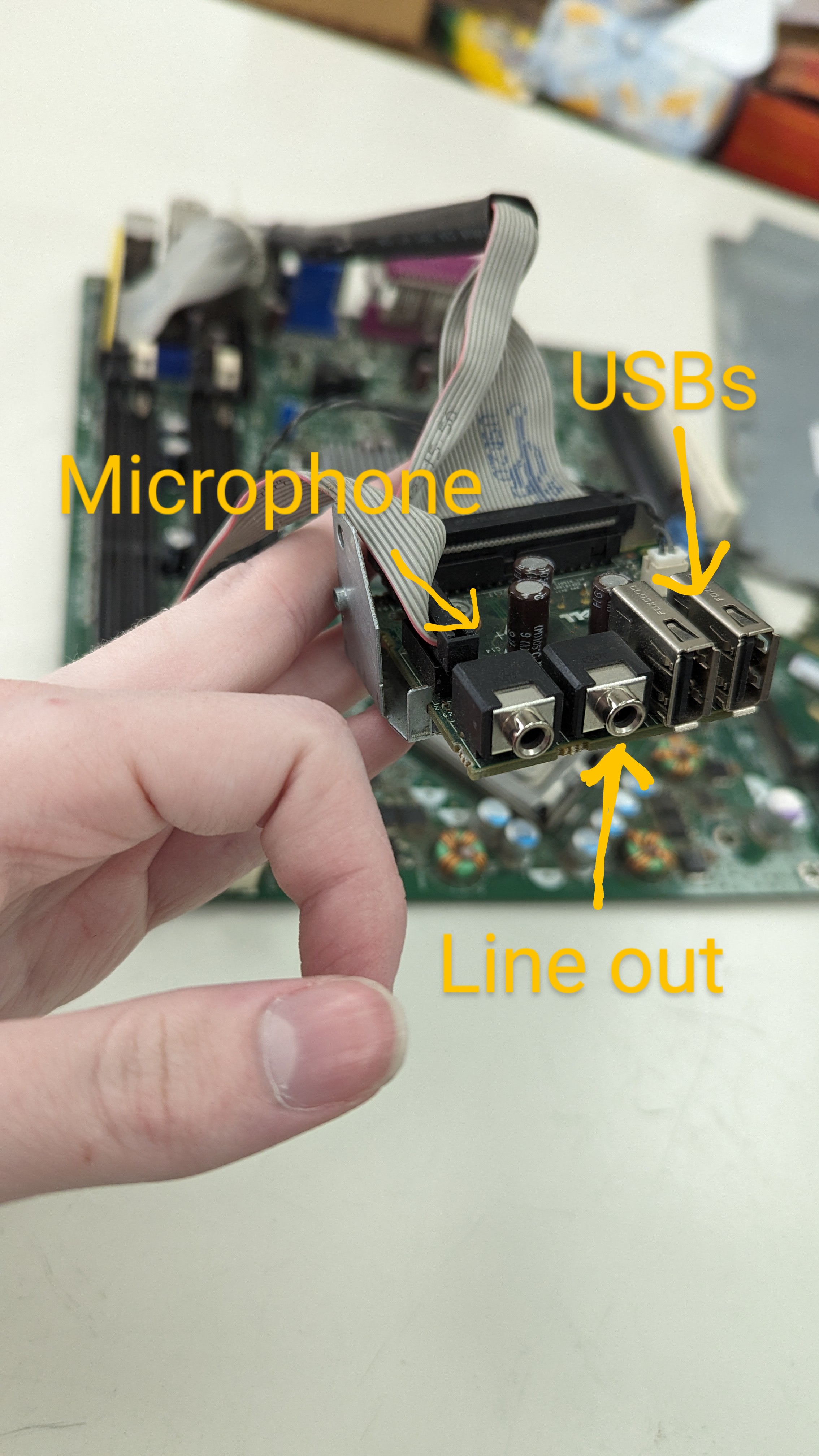
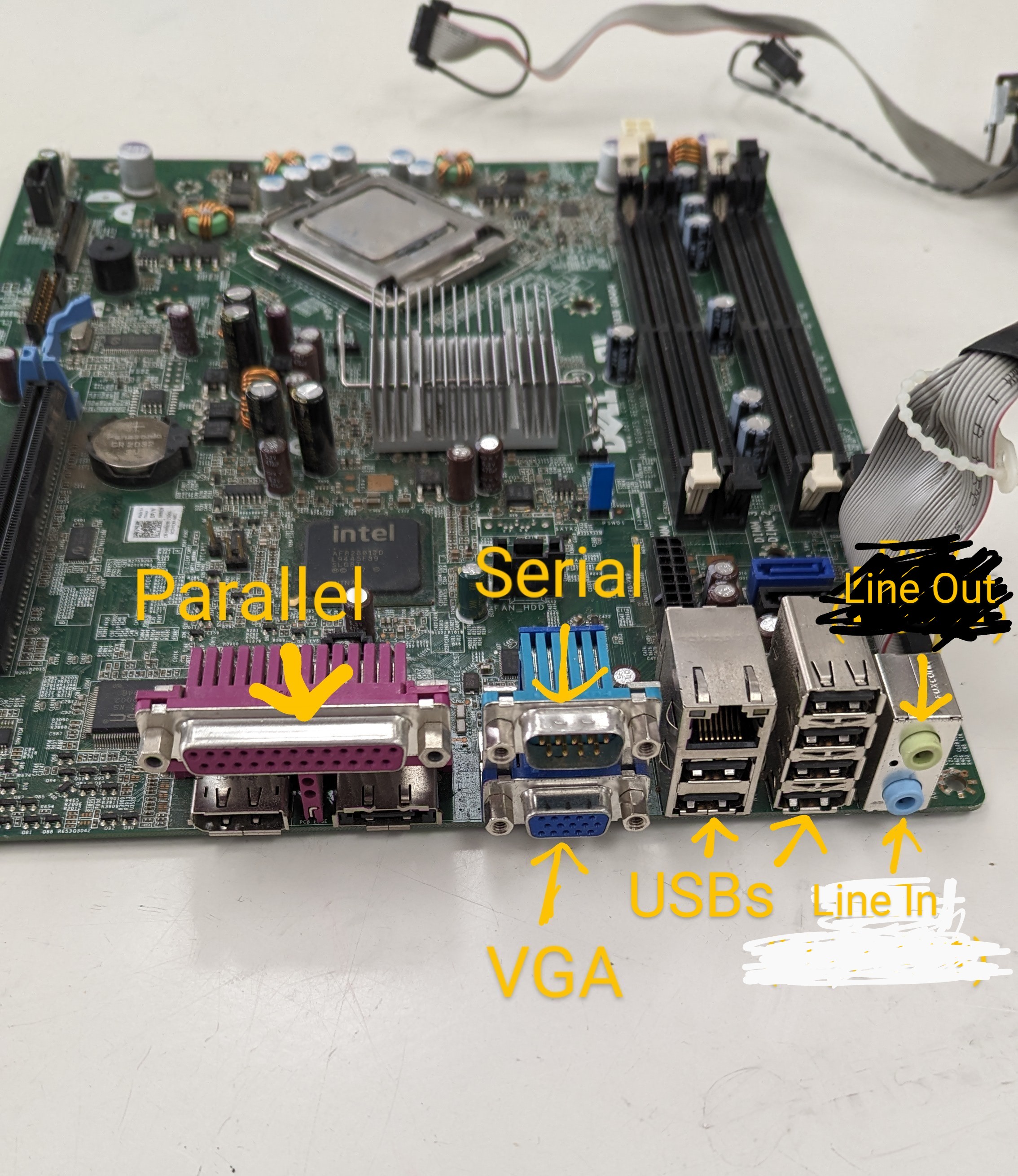
Other stuff (mostly parts that don't matter to the assignment):
- Put Together
- Taken Apart
- Side
- Back
- Heat Sink
- RAM Slots
- Motherboard
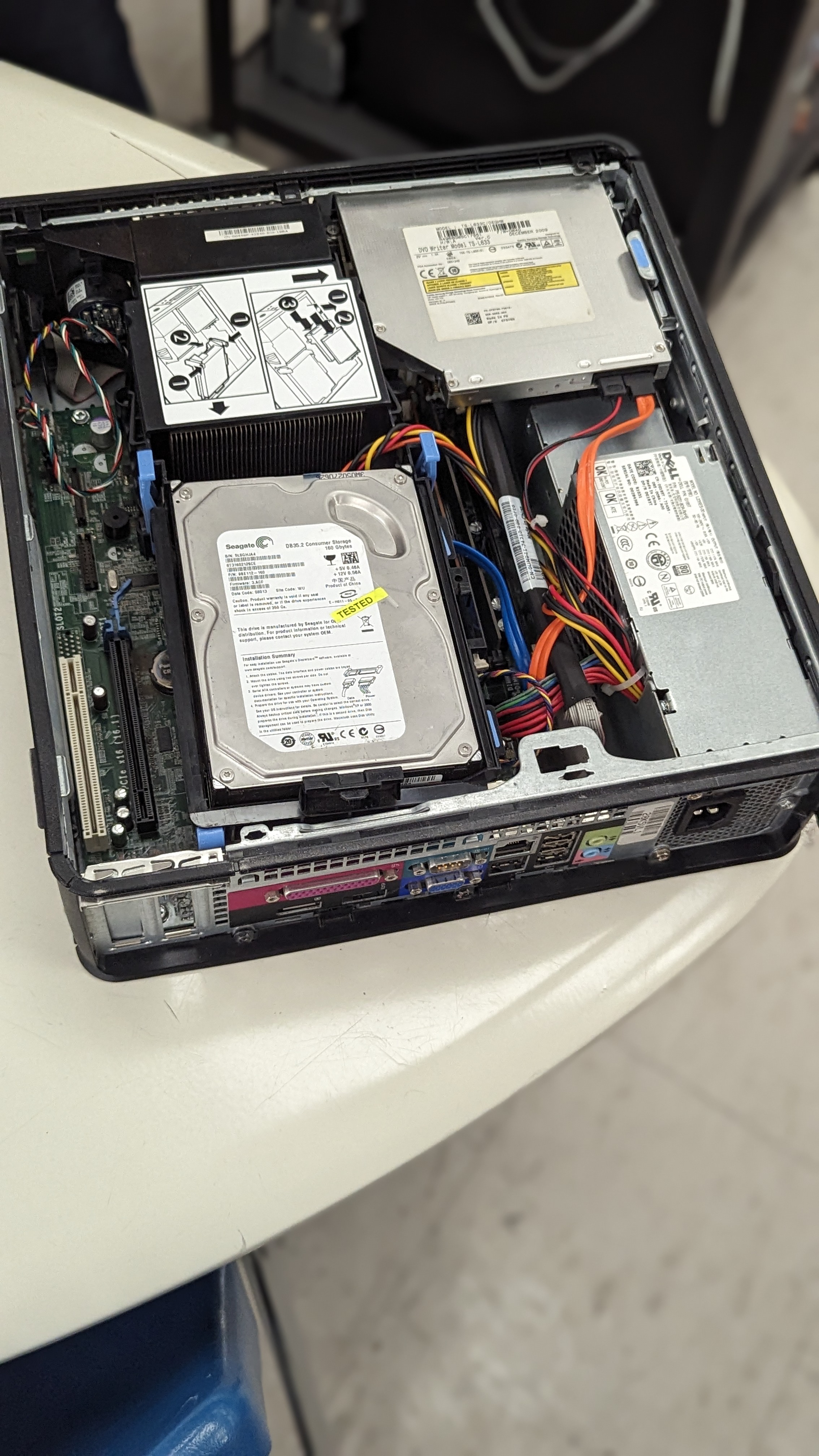
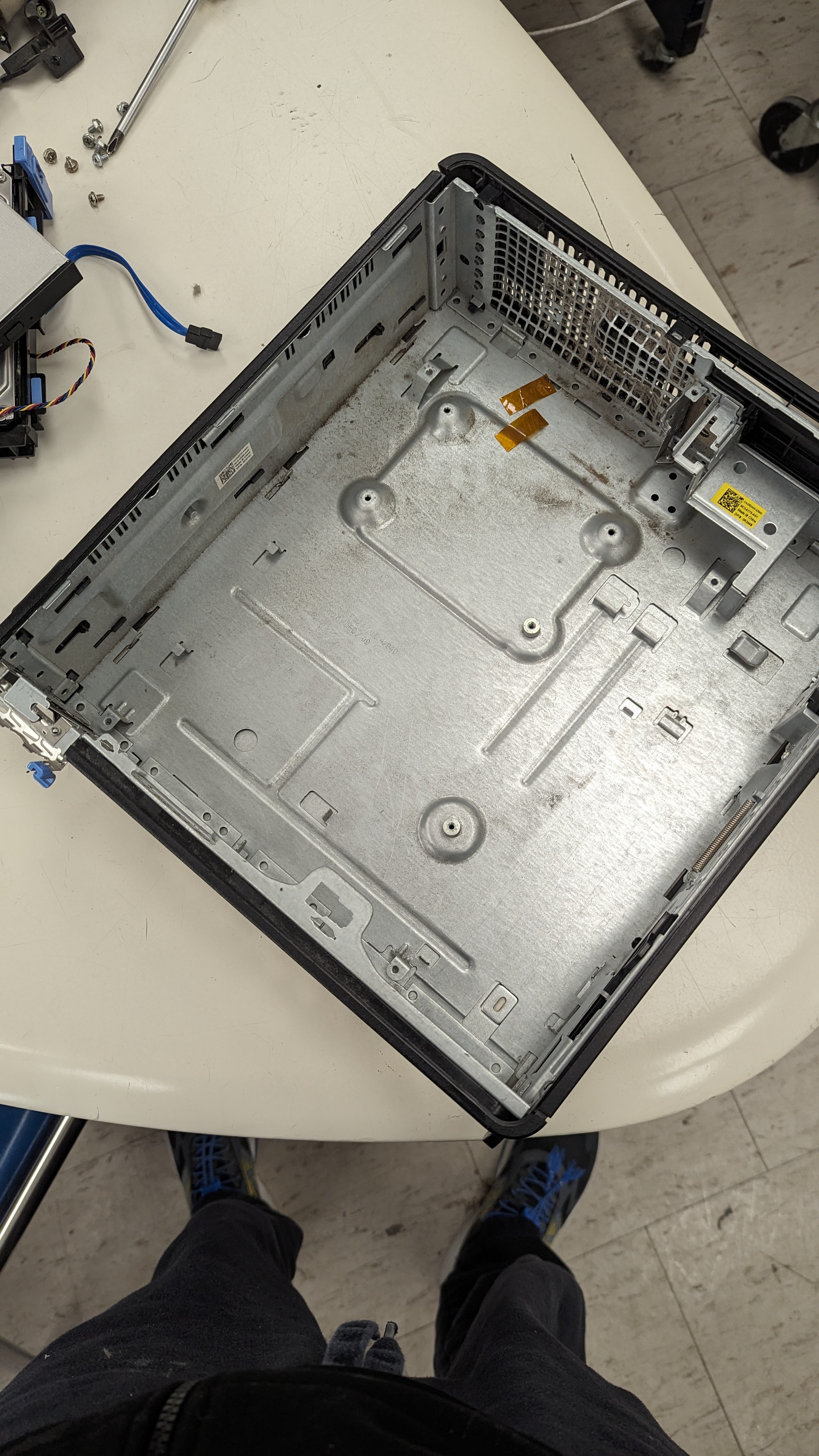
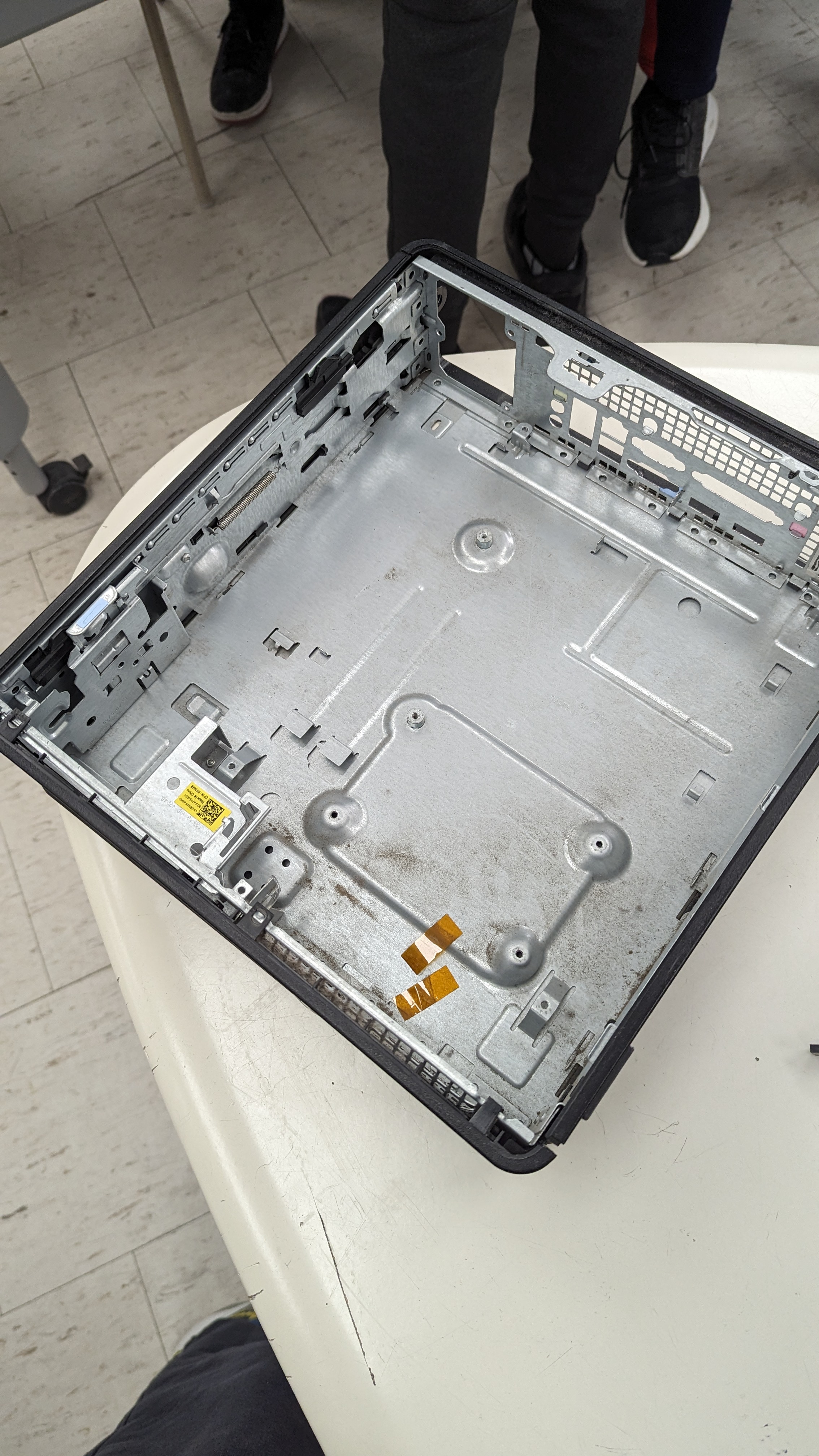
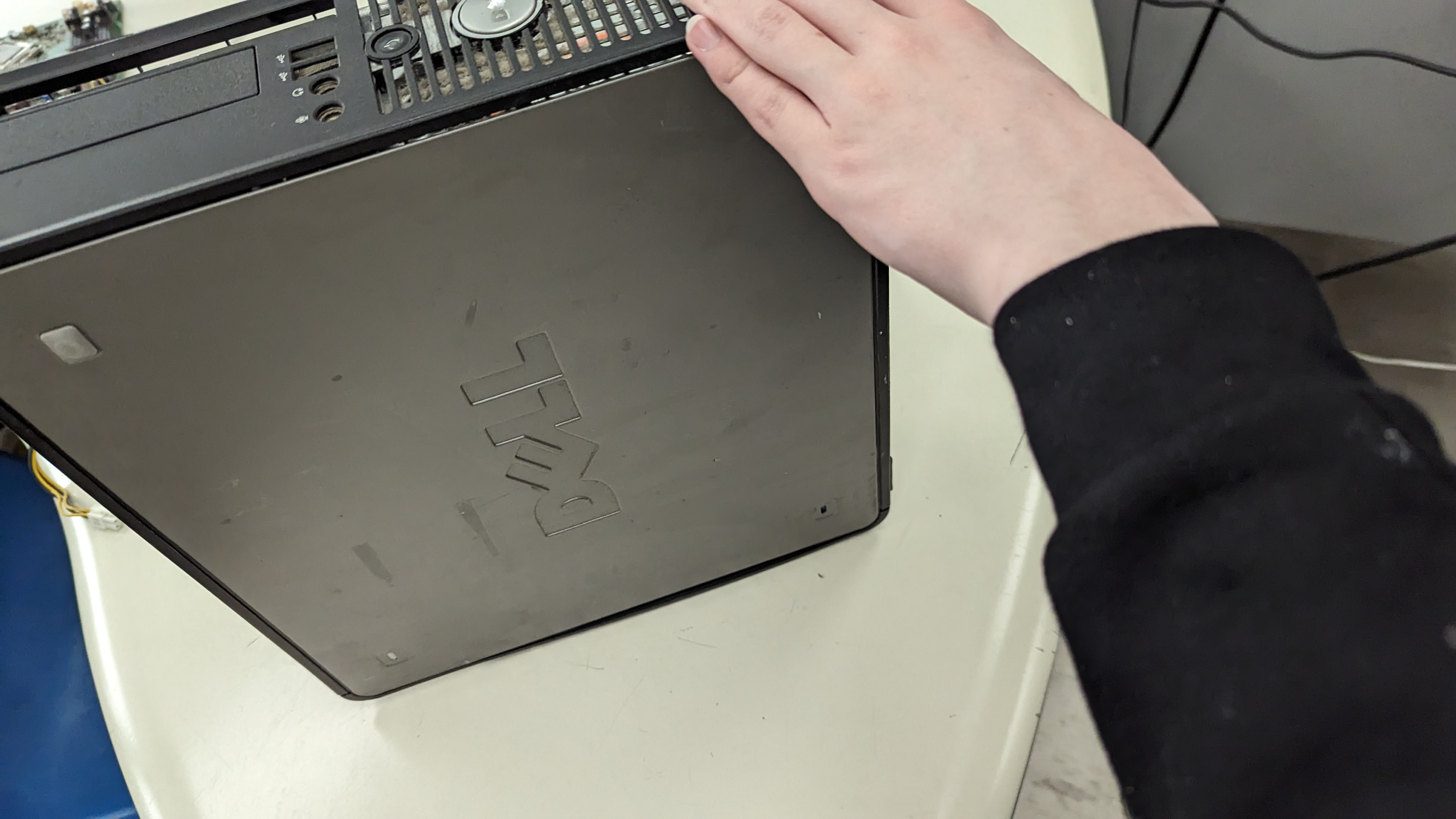
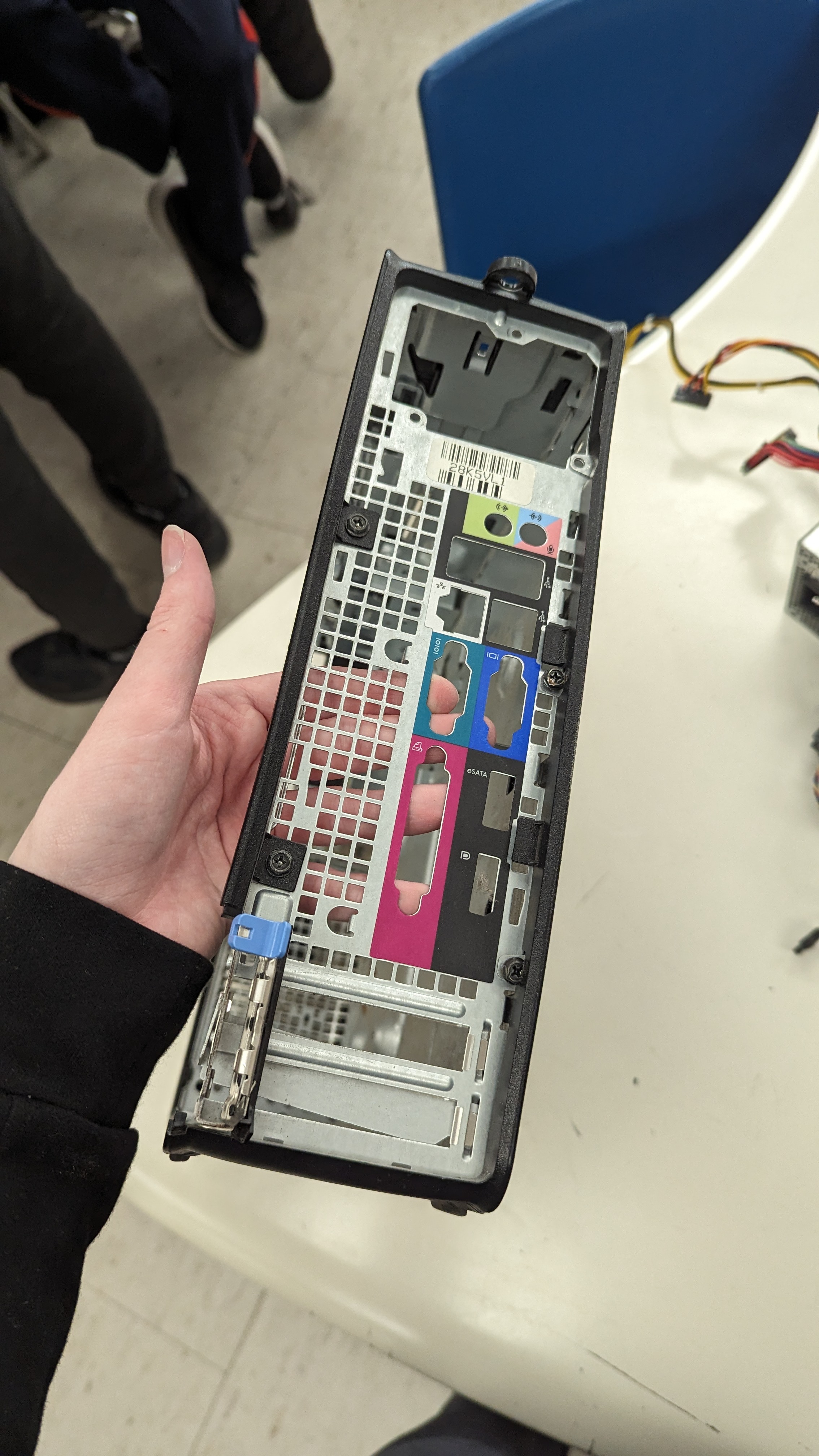
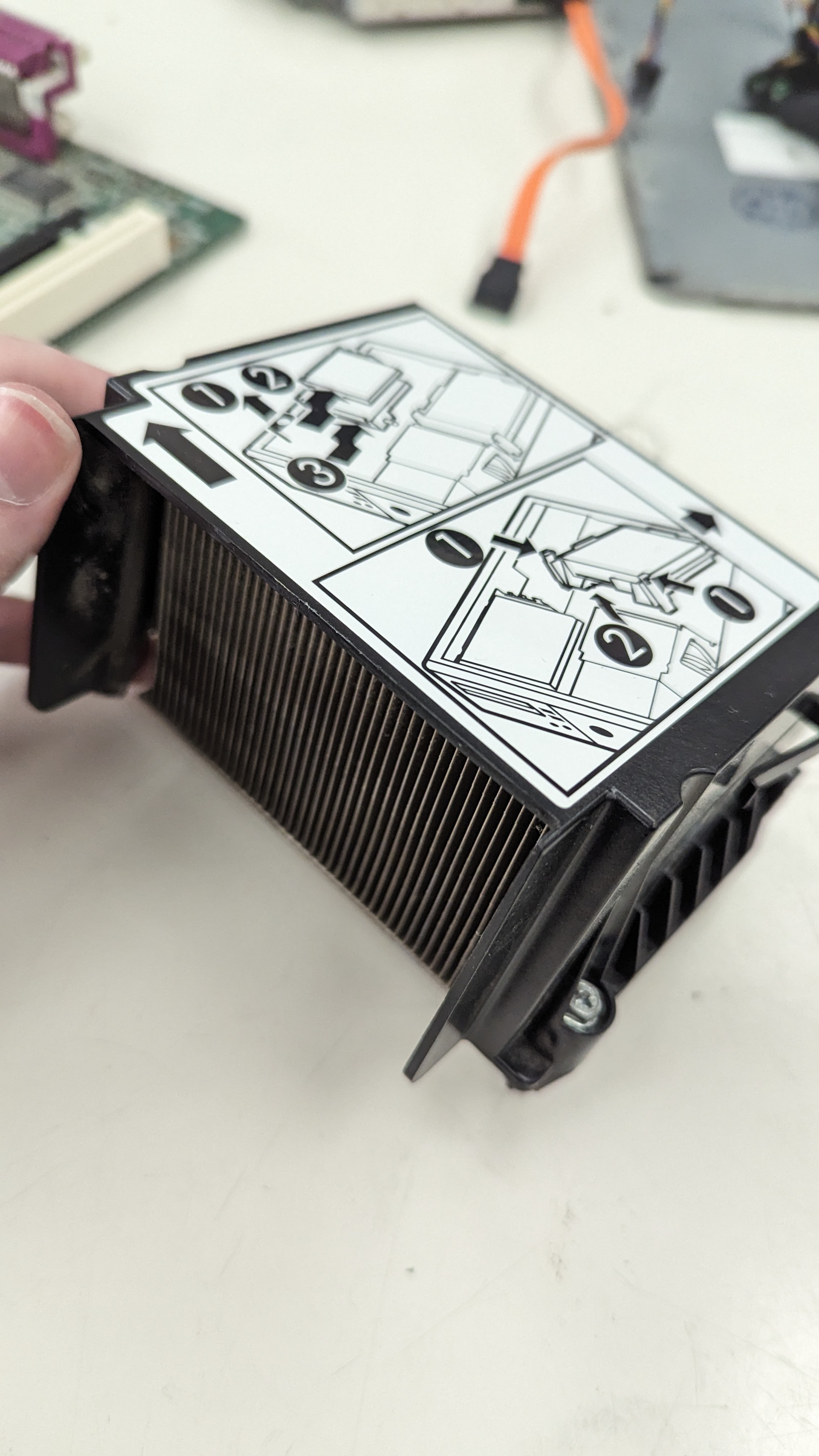
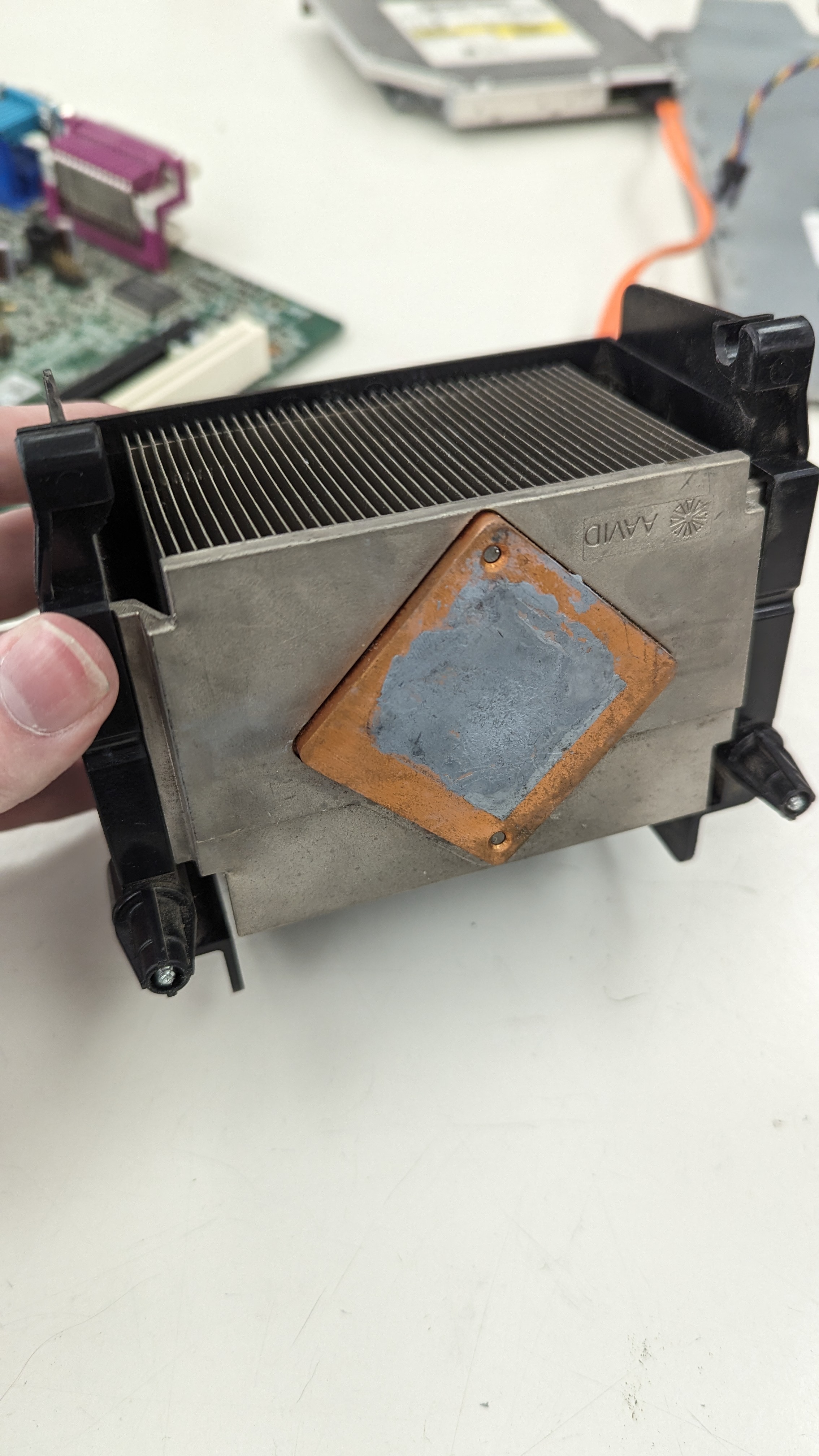
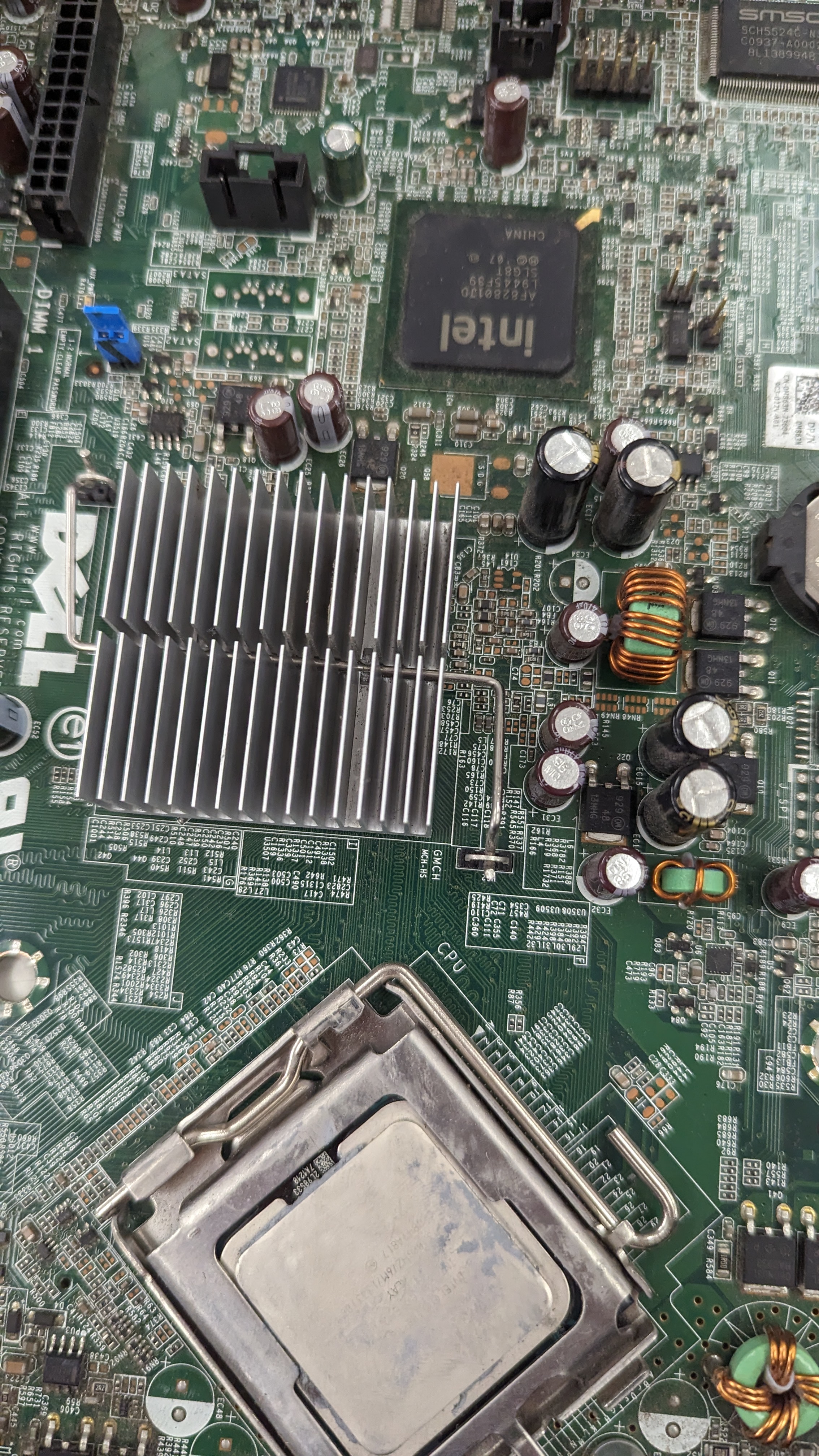
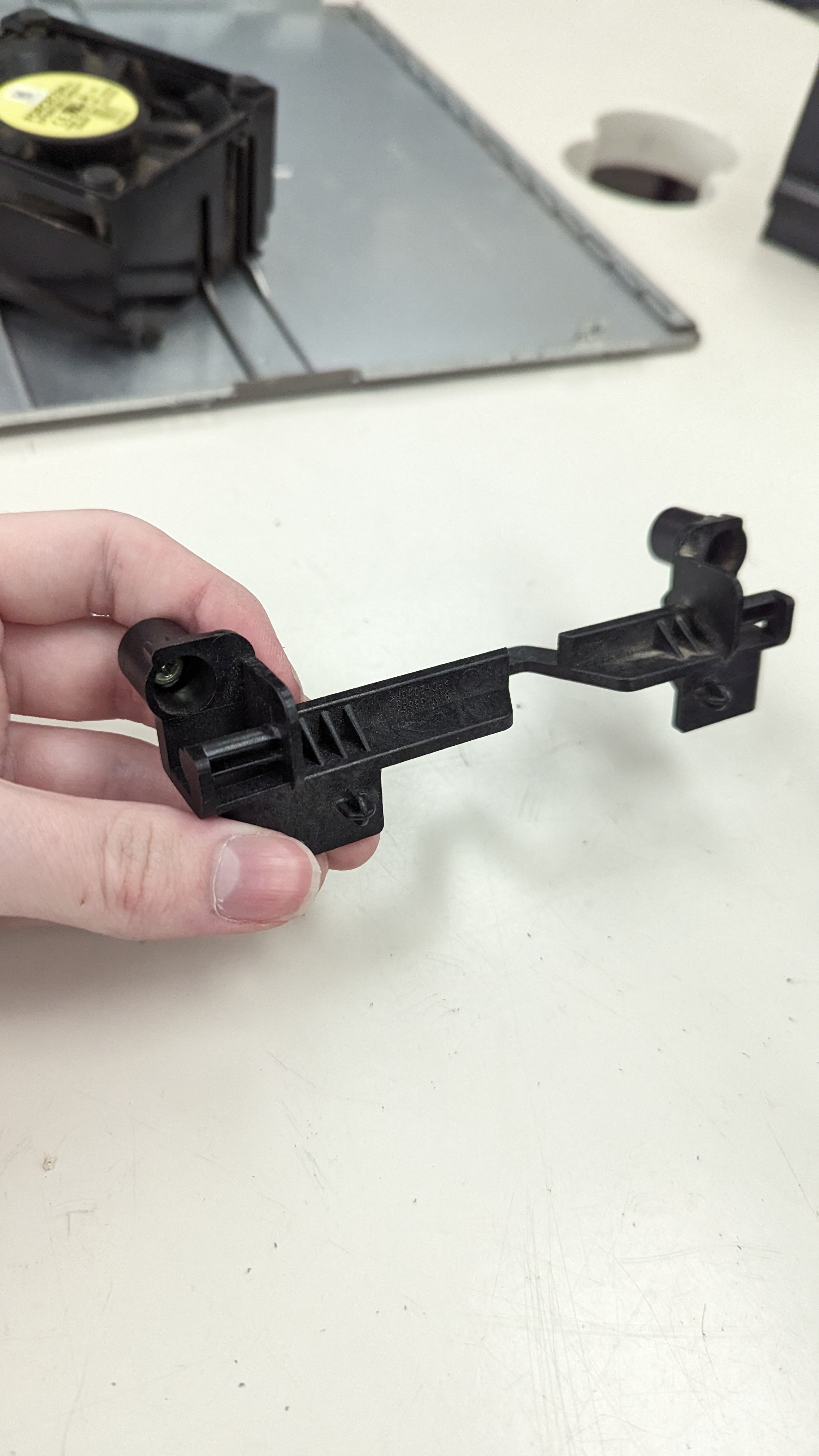
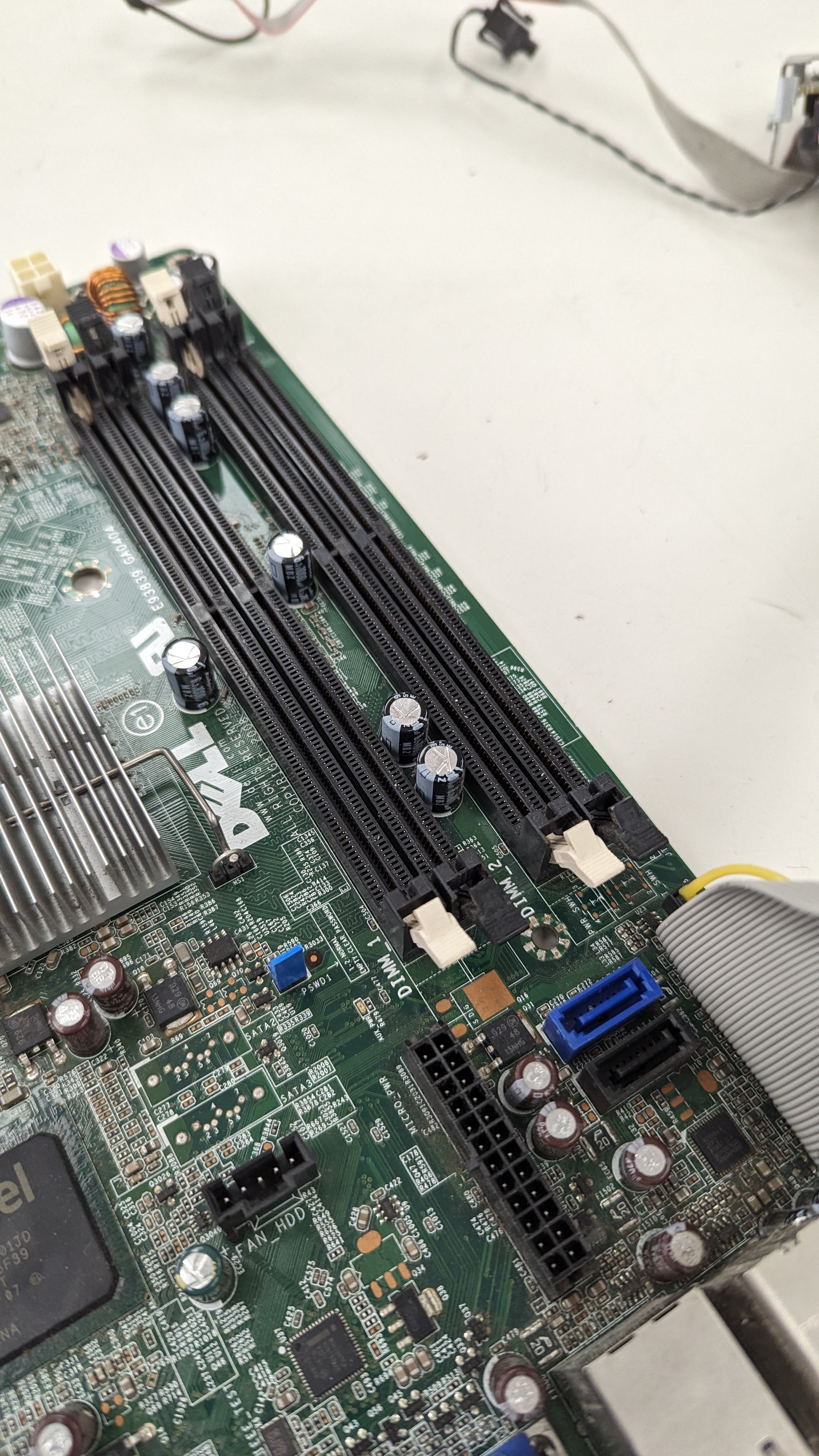
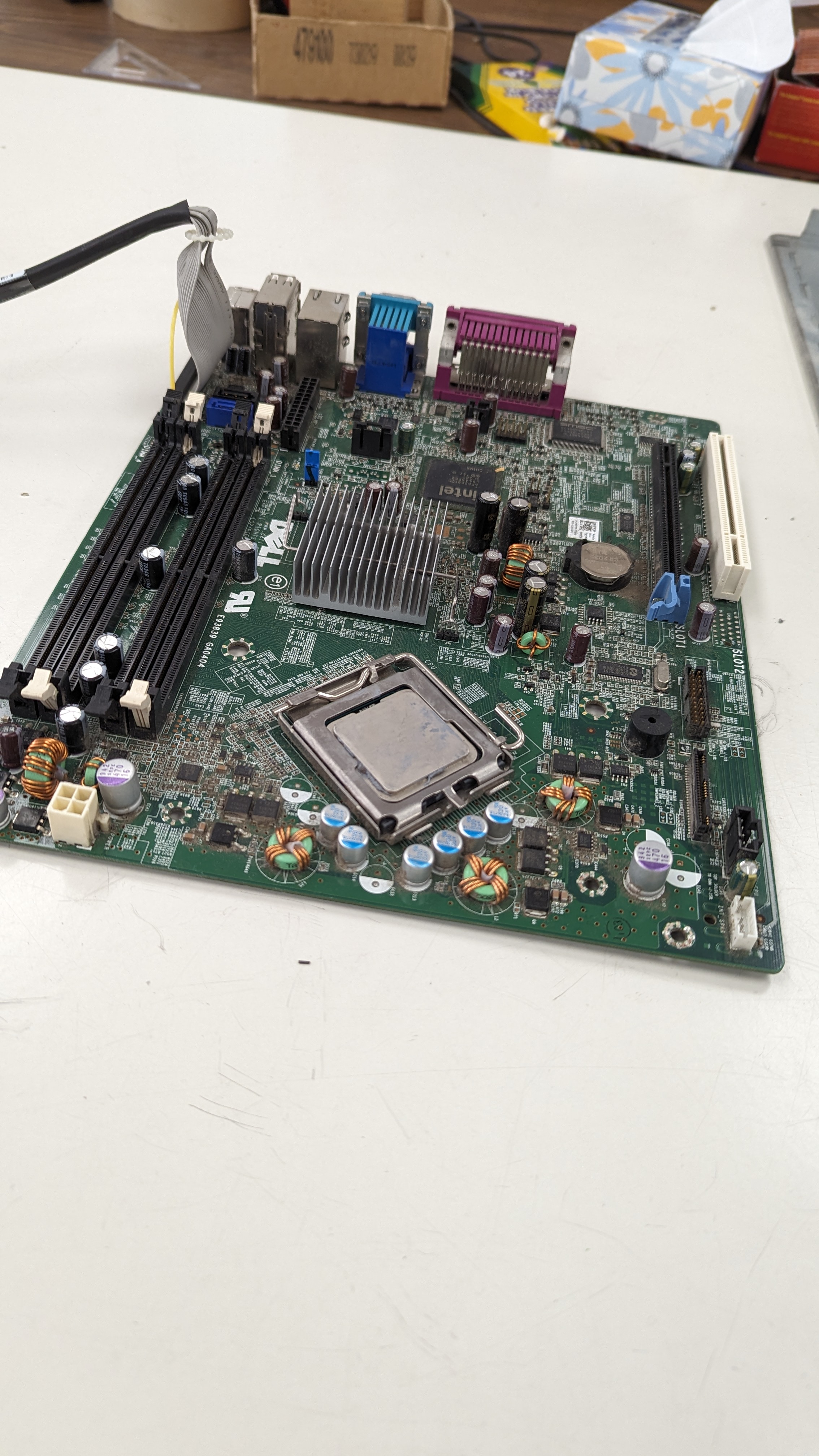
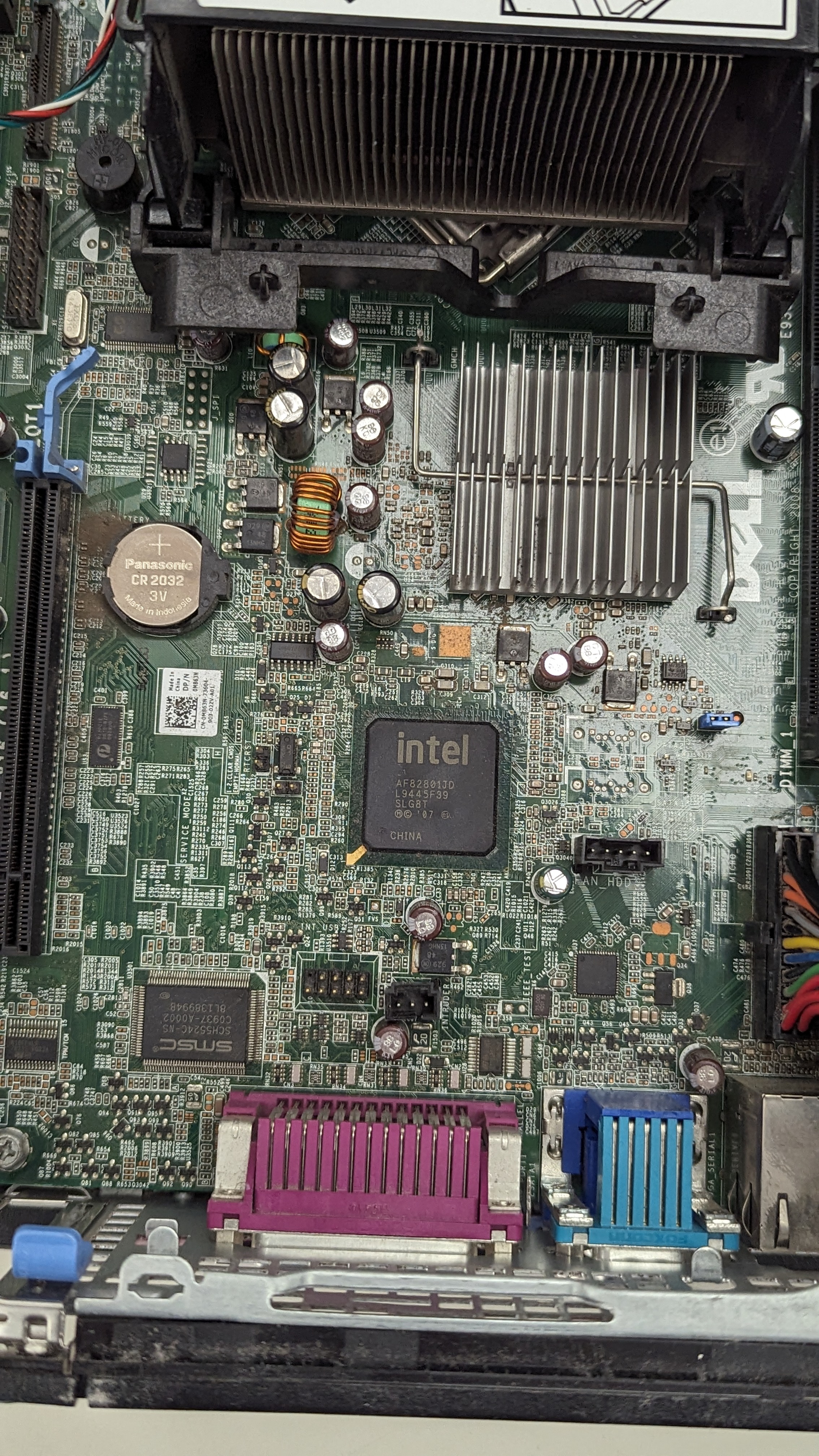
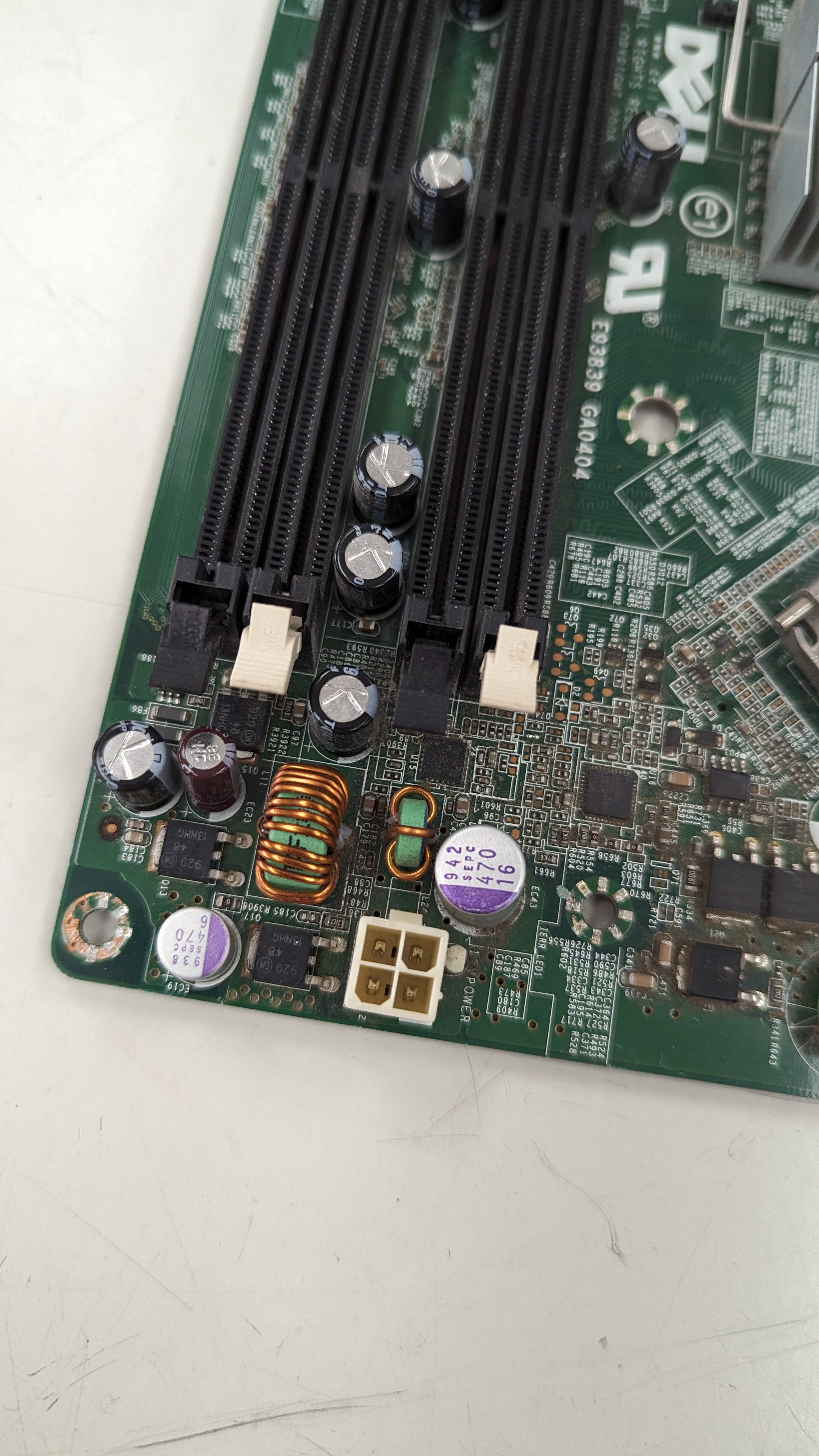
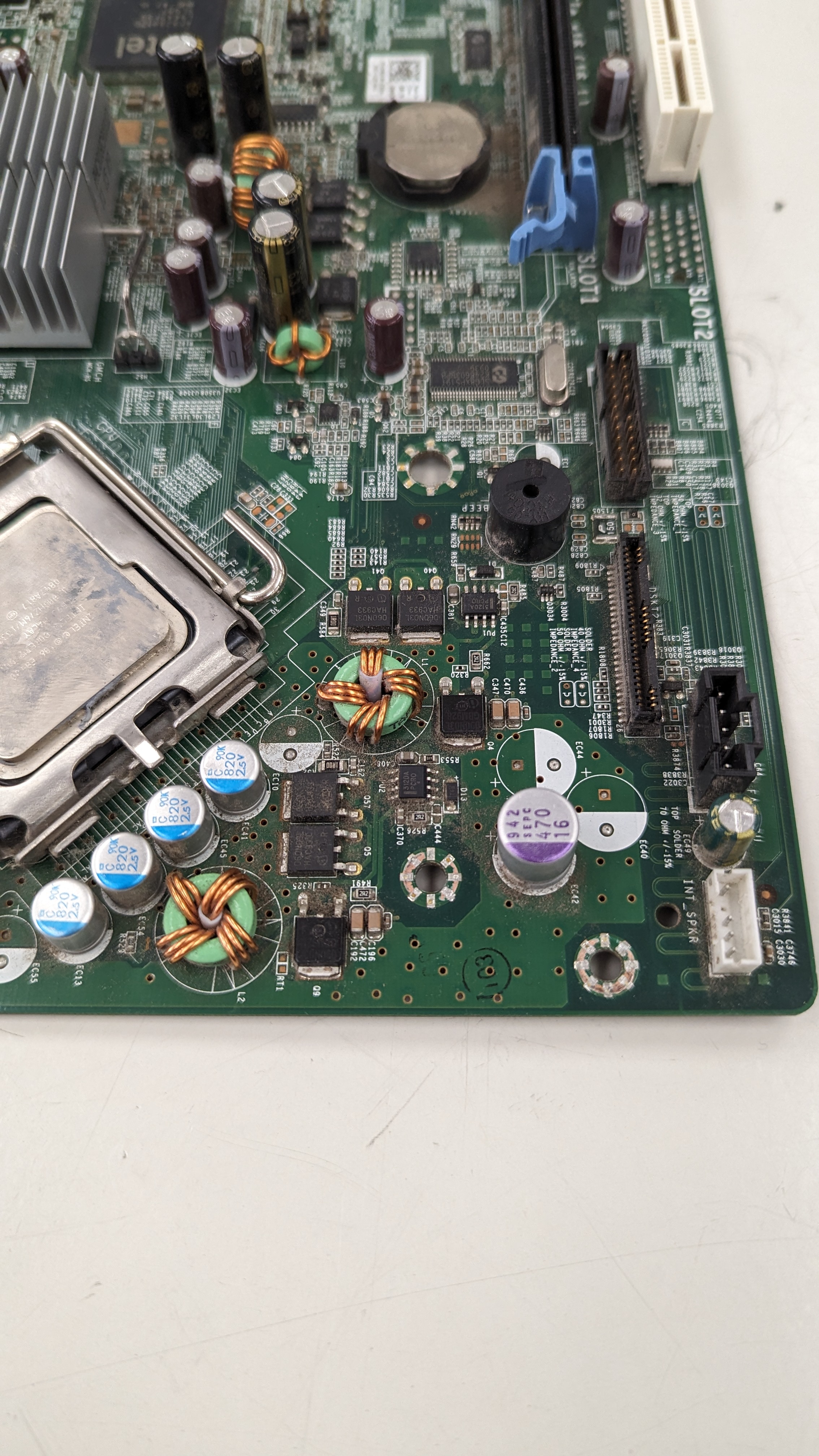
Look inside the computer. Find the type of the Hard drive interface, the RAM and the expansion slots. Be specific.
Looking at the back of the Hard Disk Drive, it says it was manufactured by a company called Seagate, and has 160GB, there's some codes with number and letters that I presume have something to do with the model type, like Firmware is labelled 3.ACF.
For the RAM each bit has 2 stickers on each side, one saying Samsung, and the other saying HP, so it seems the RAM was produced by both companies, or is using parts from both of them. There's 4 RAM pieces, and looking at the codes on the stickers there's 3 unique ones, and the fourth one is identical to one of those 3. Also each one's stickers say 1GB, so adding up the 4 of them I assume that means this computer has 4GB of RAM.
As for the PCI expansion slots, one is labelled PCI 2.0 32-bit, and the other PCI Express x16. Judging by the fact it's 32-bit, compared to the other's 16-bit, the PCI 2.0 32-bit is more powerful, though the express name I think means the PCI Express x16 is a newer thing.